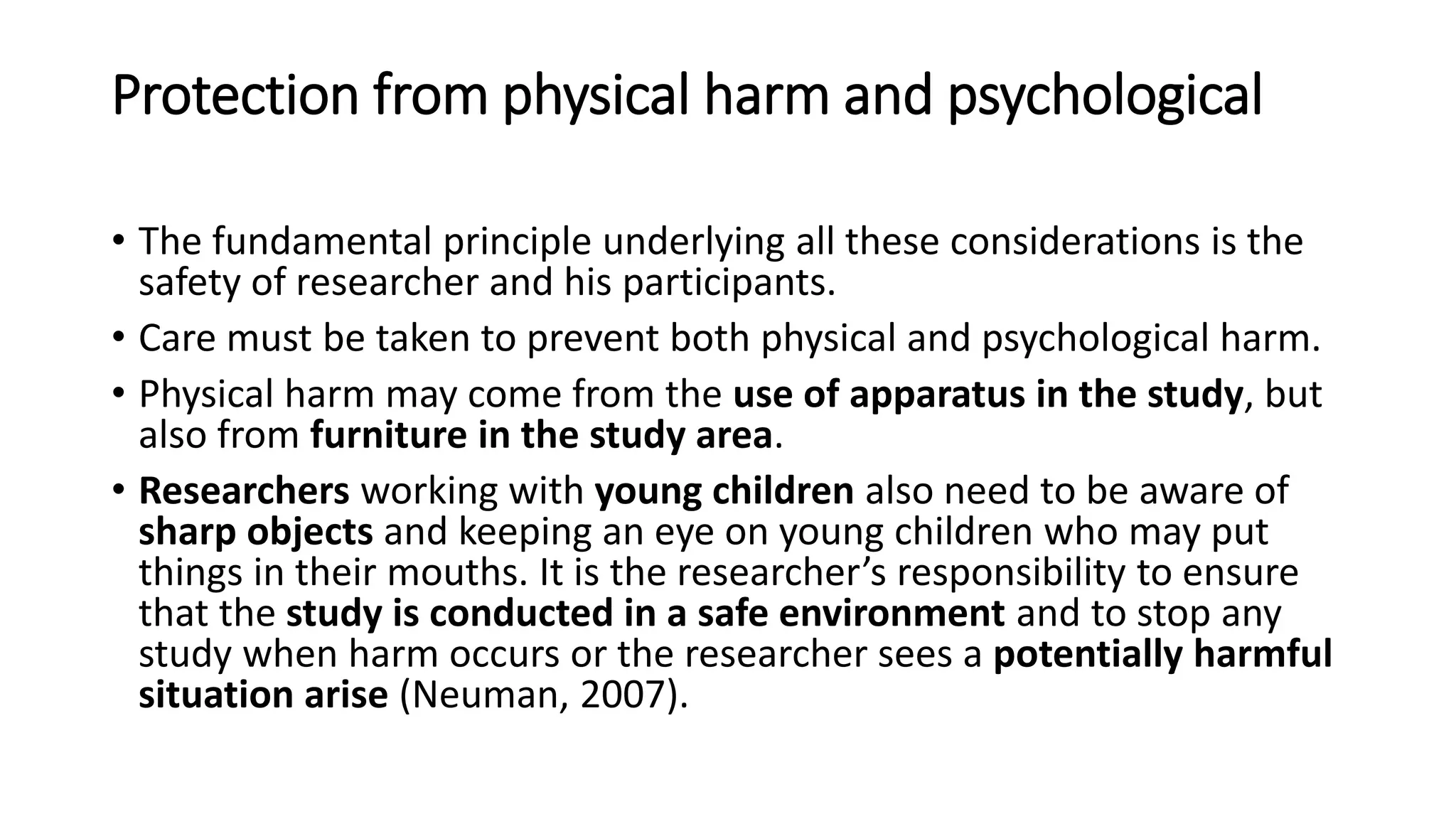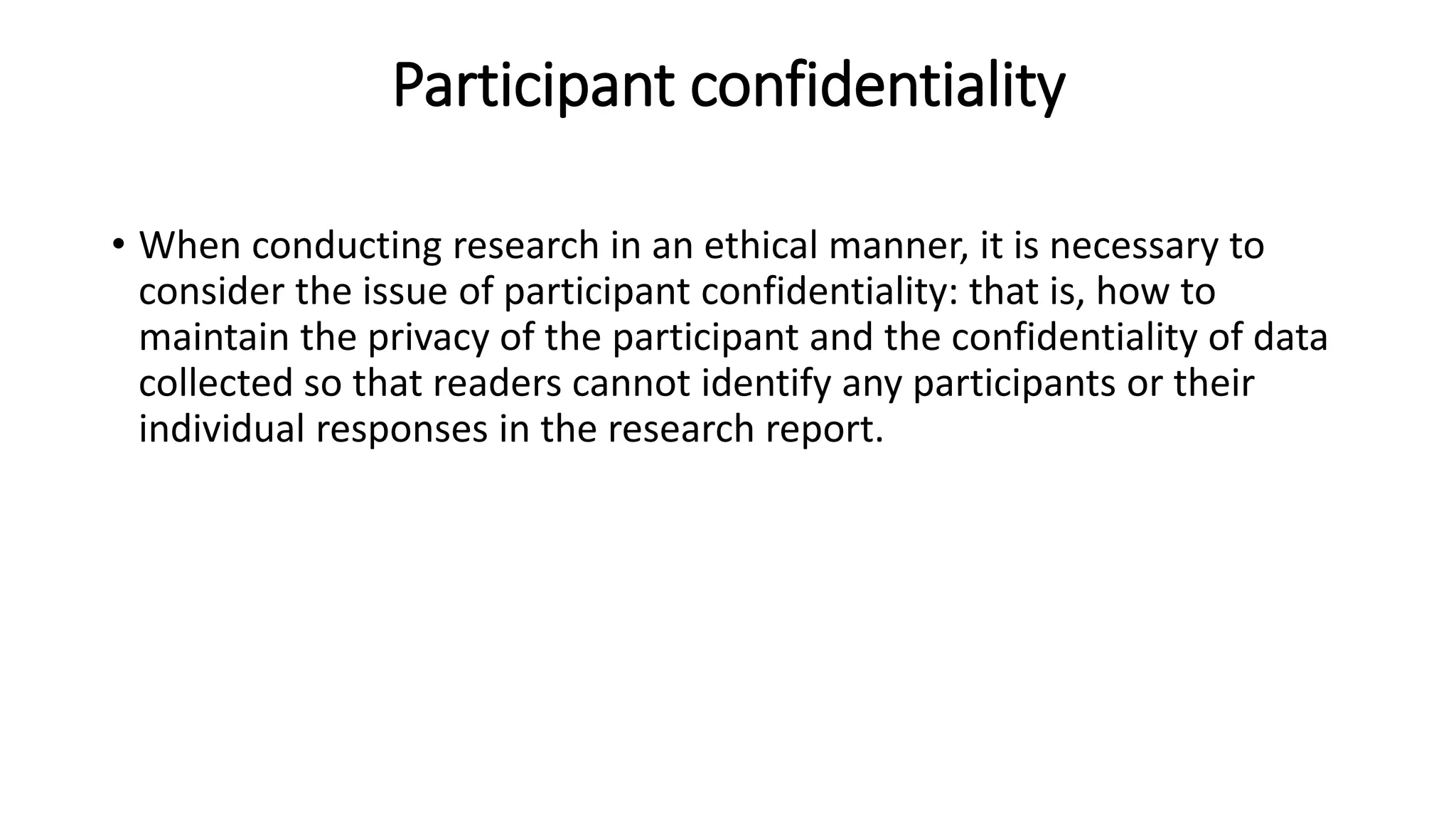Developmental psychology is the scientific study of changes that occur in human beings over the course of their life span from conception through old age. The field examines biological, cognitive, and socioemotional processes to understand how people grow and develop. Key issues studied include the interplay between nature and nurture, stability and change in personality over time, and whether development occurs through continuous or discontinuous processes. Researchers employ methods such as cross-sectional and longitudinal studies, experiments, observations, interviews and case studies to examine development while addressing ethical issues like obtaining consent and protecting participants.


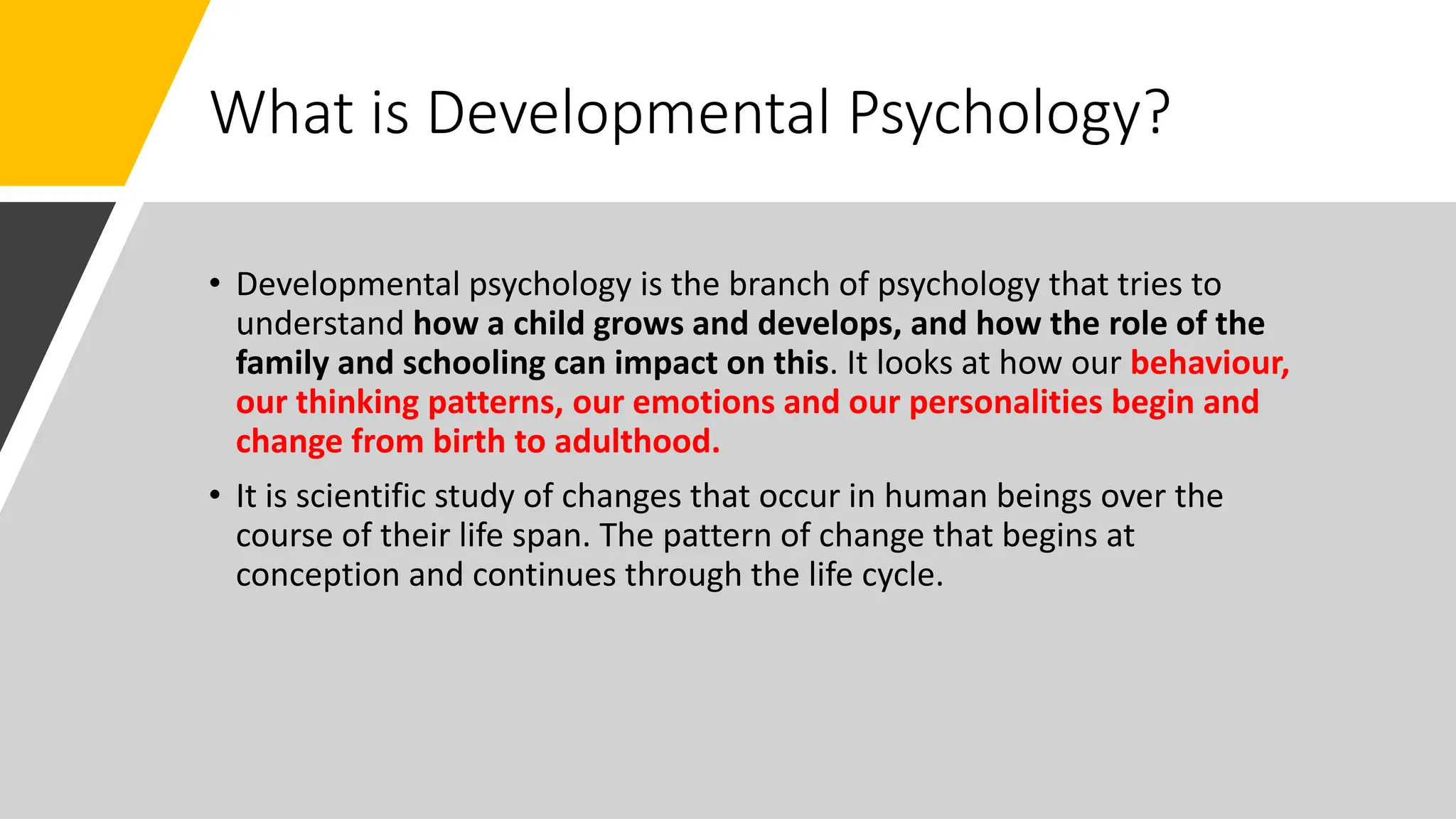

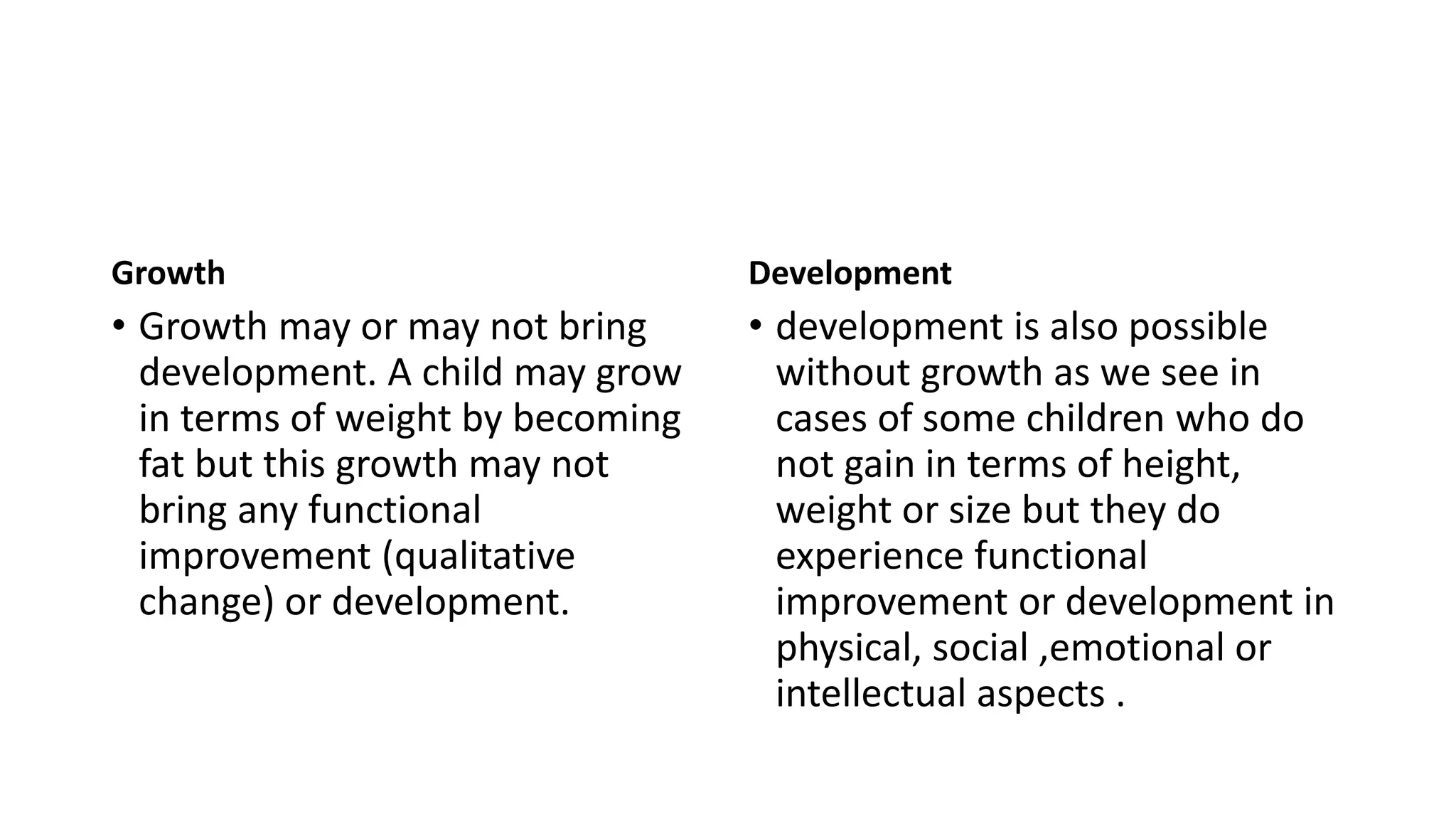
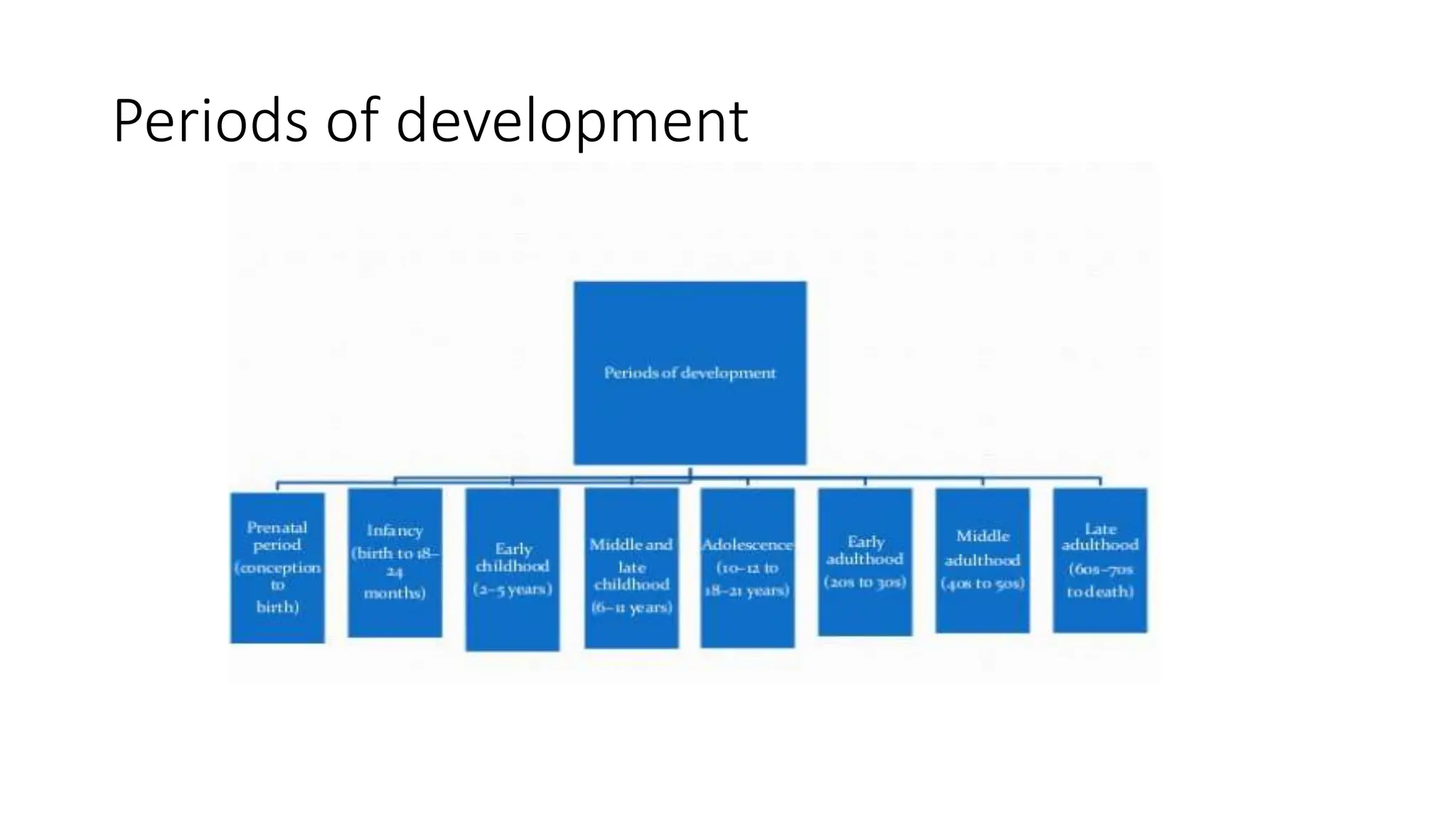

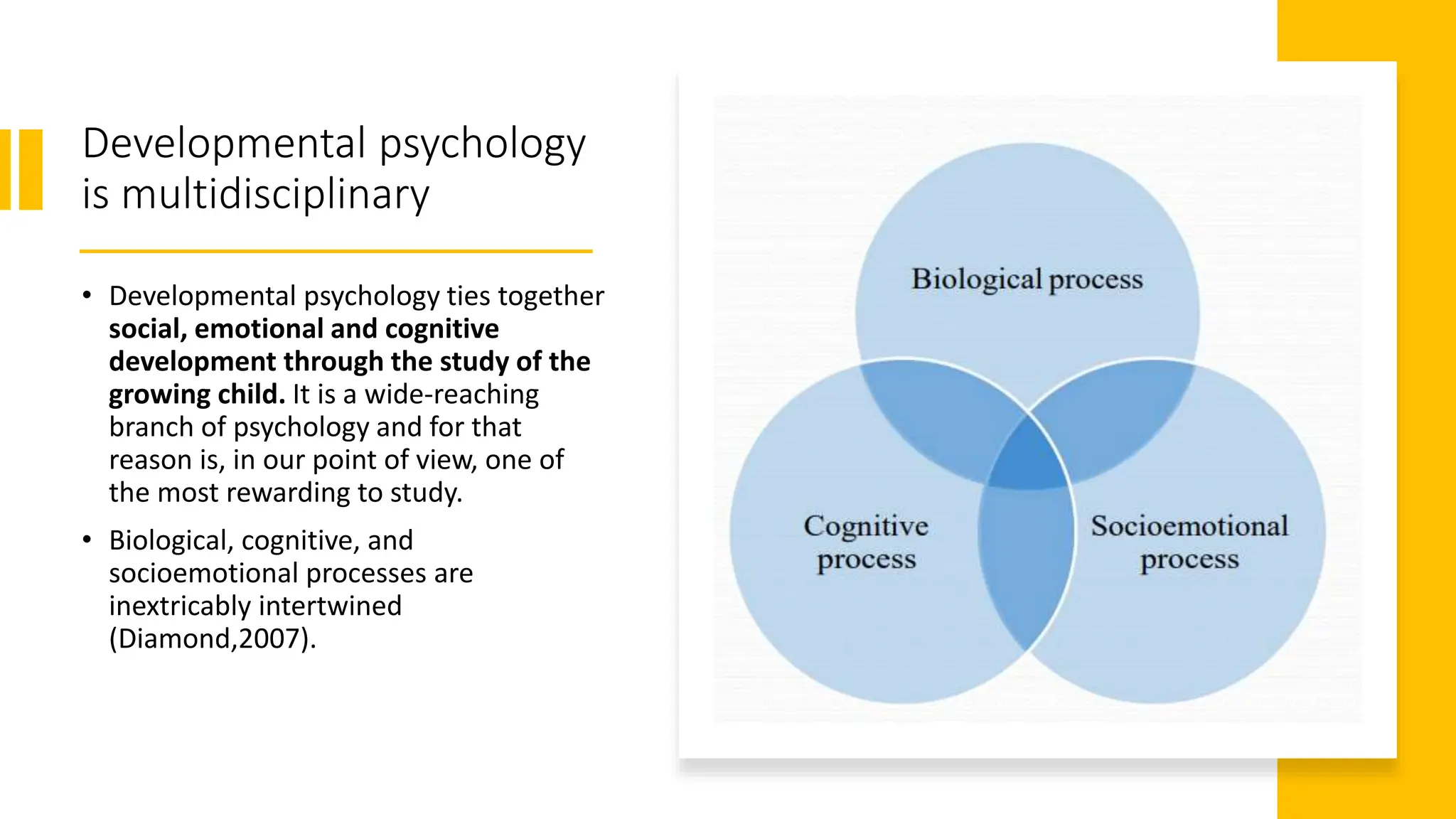
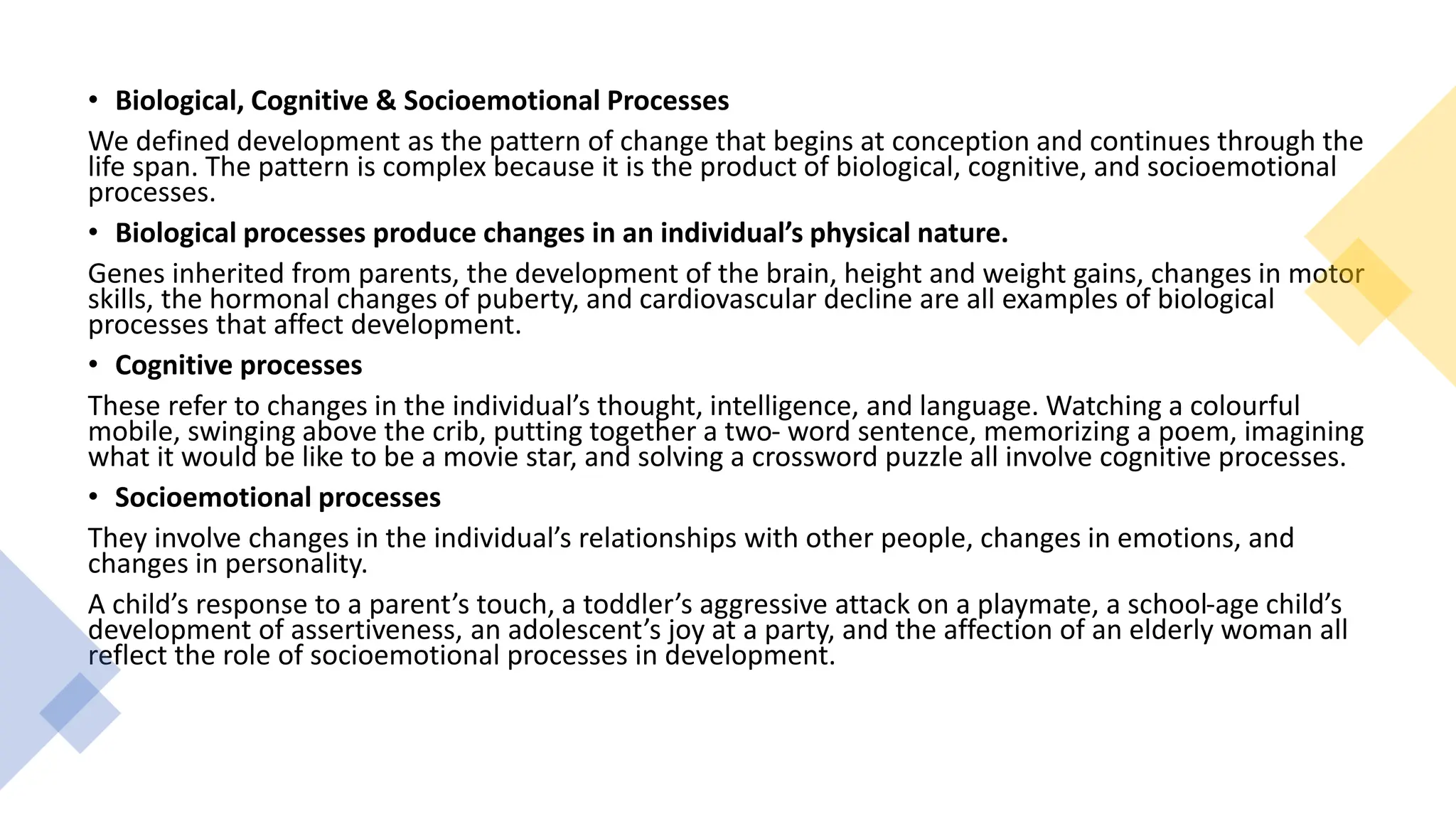

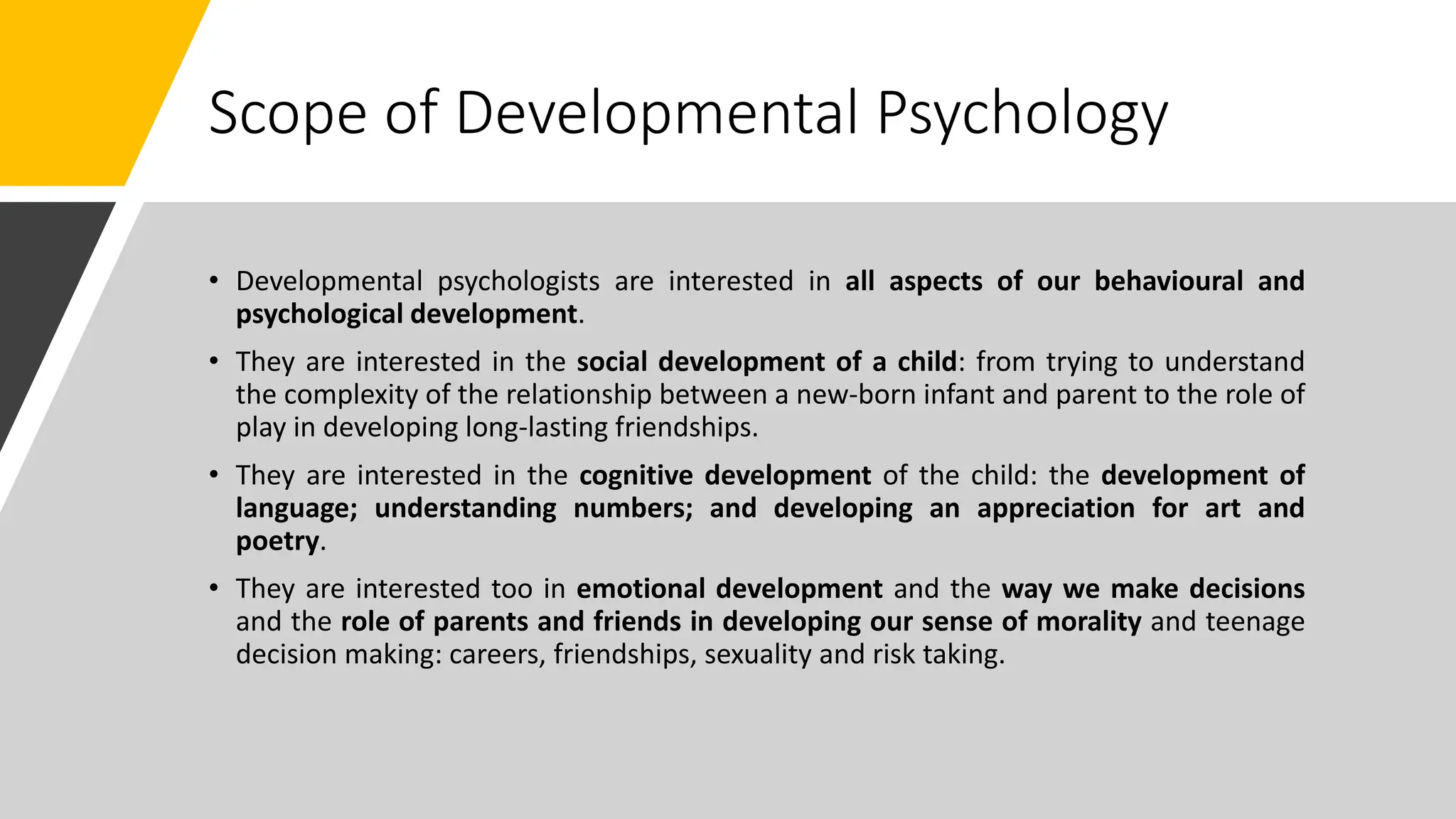
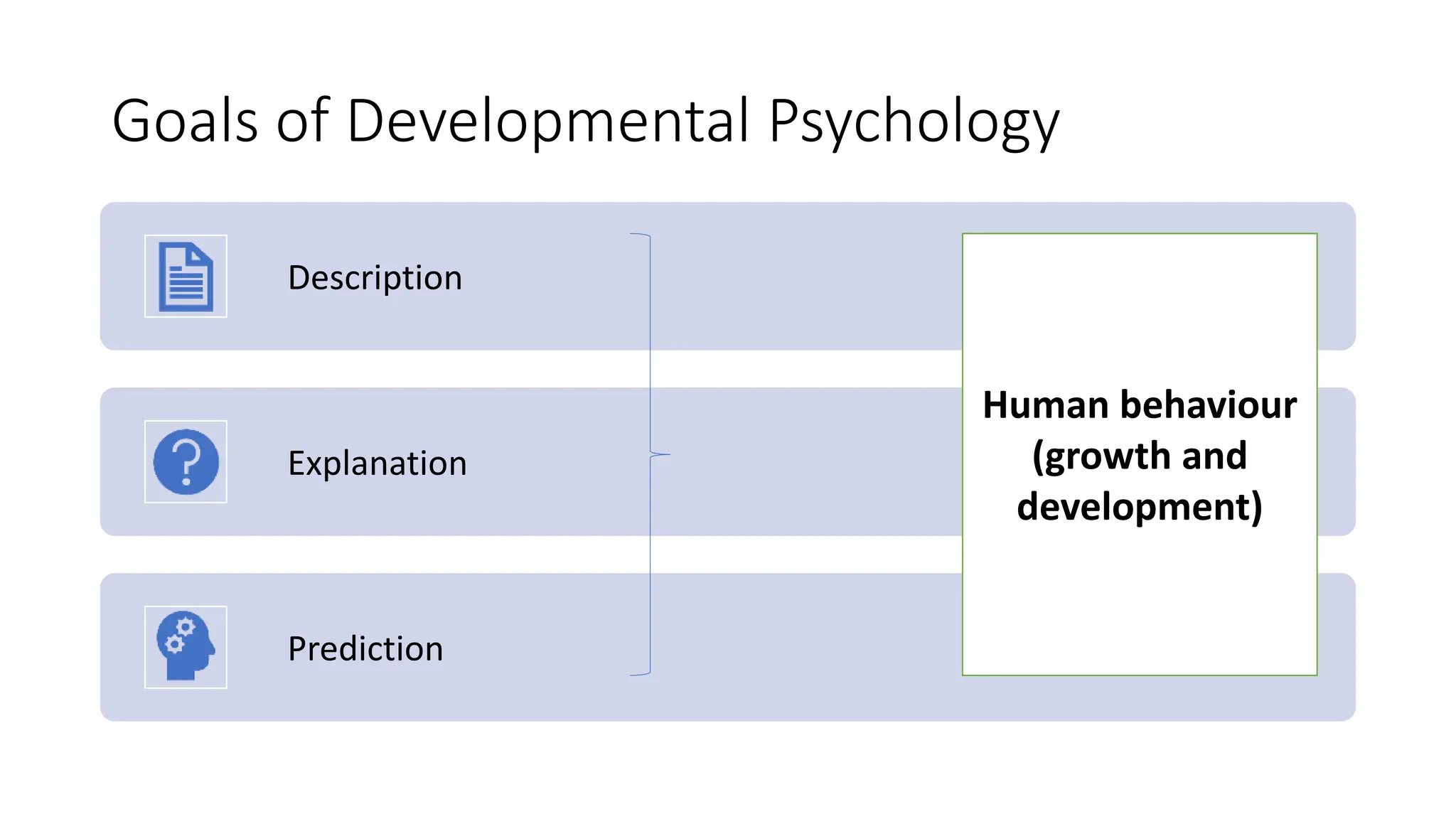

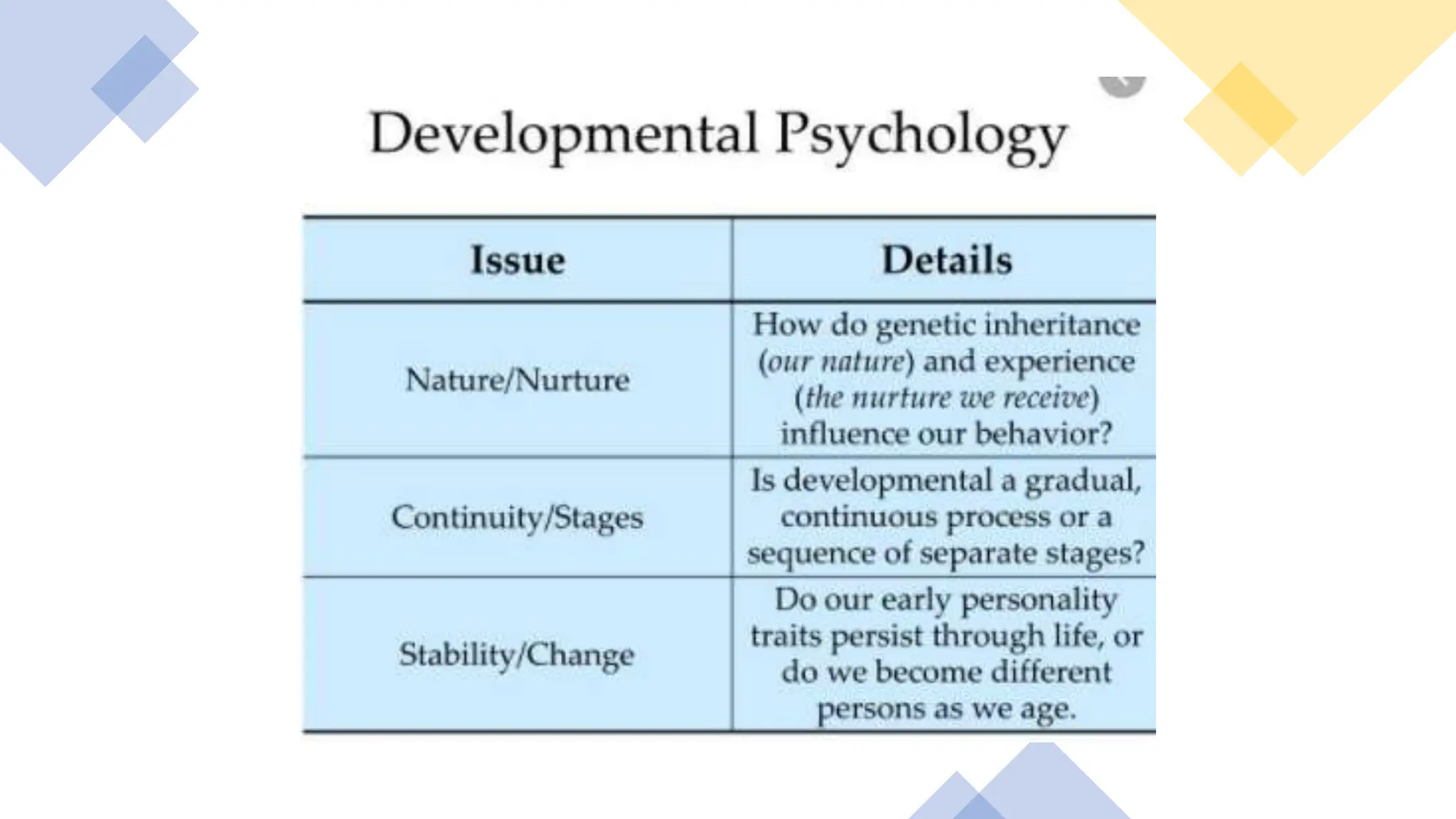
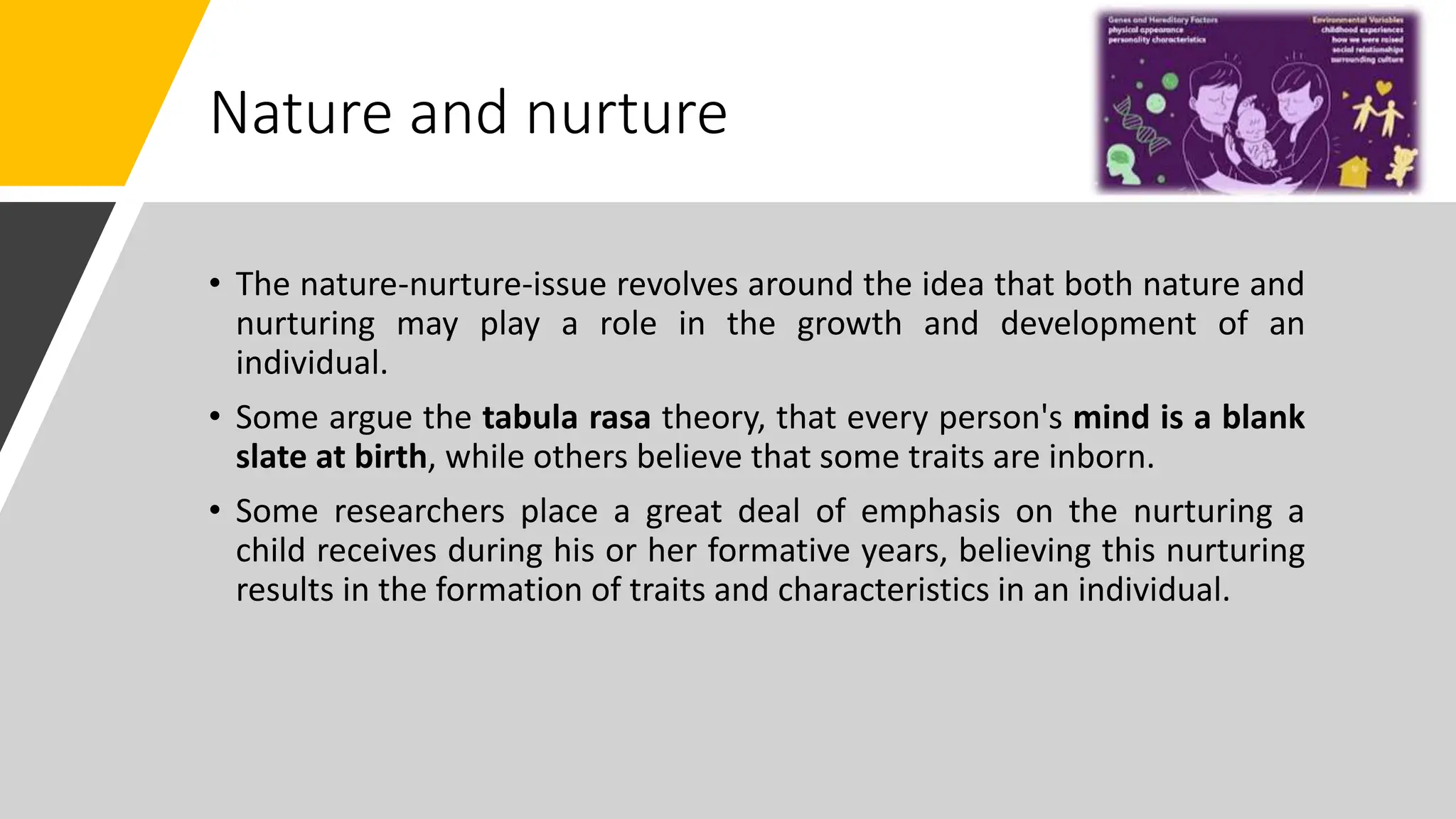
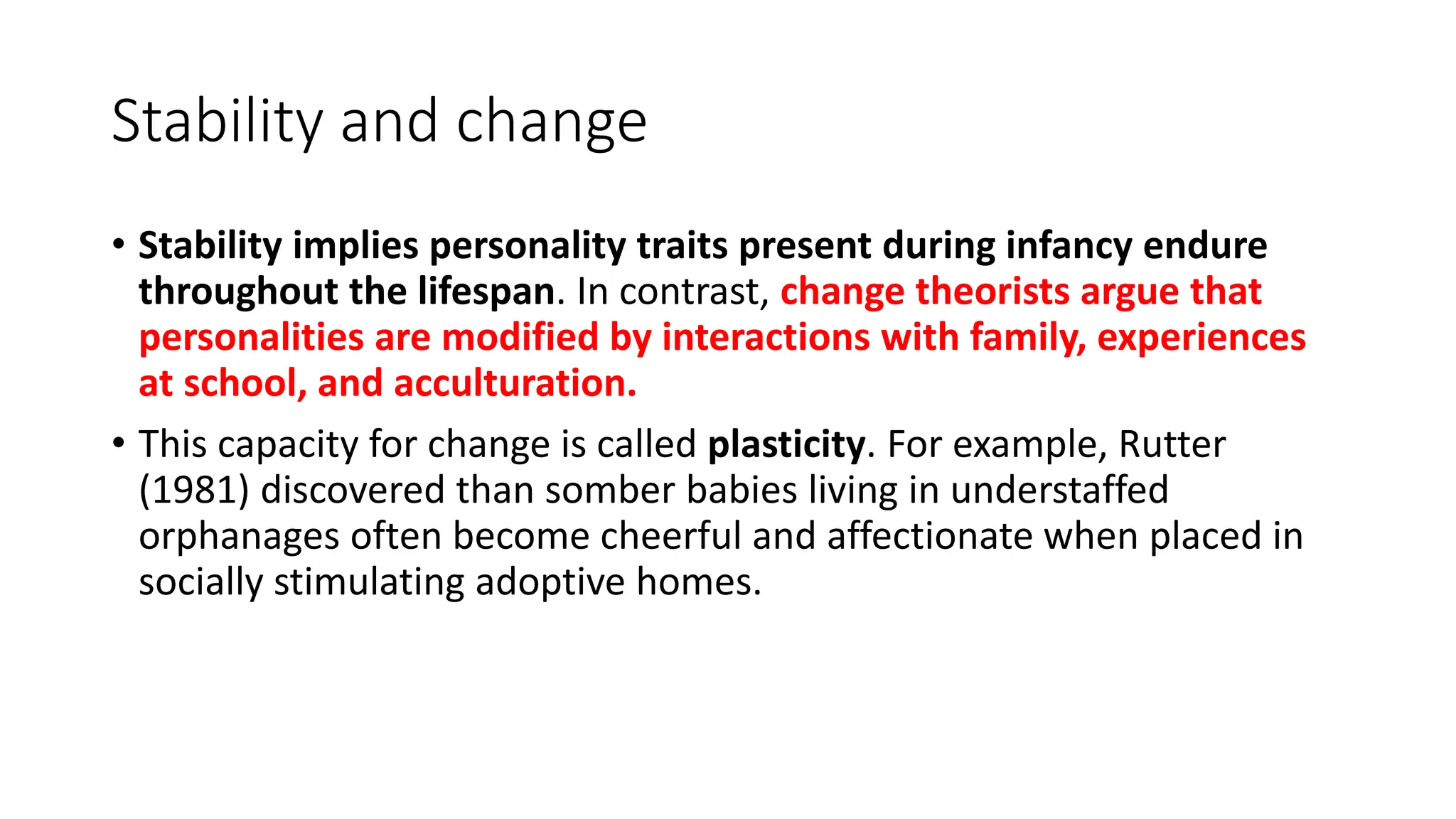
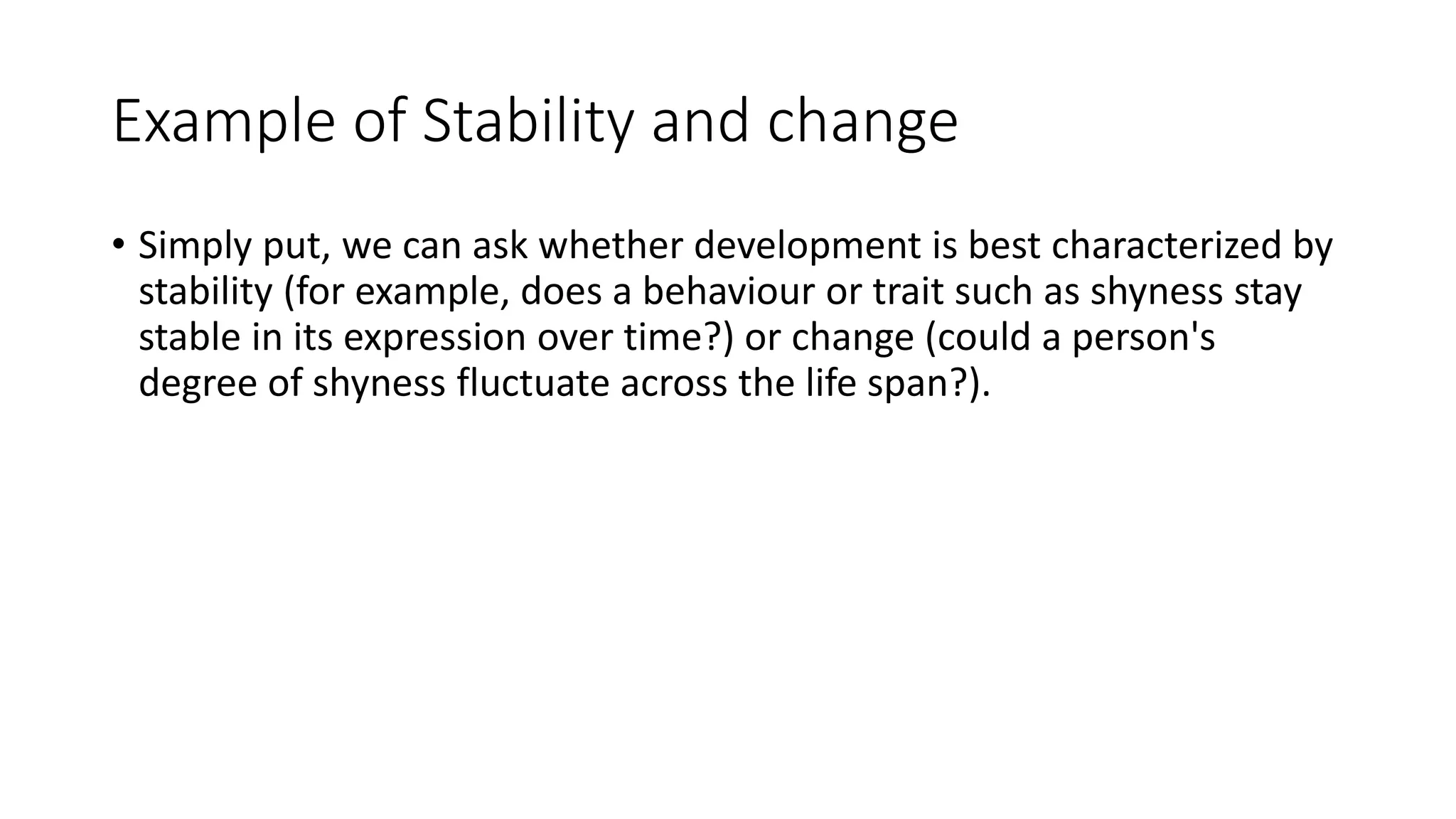
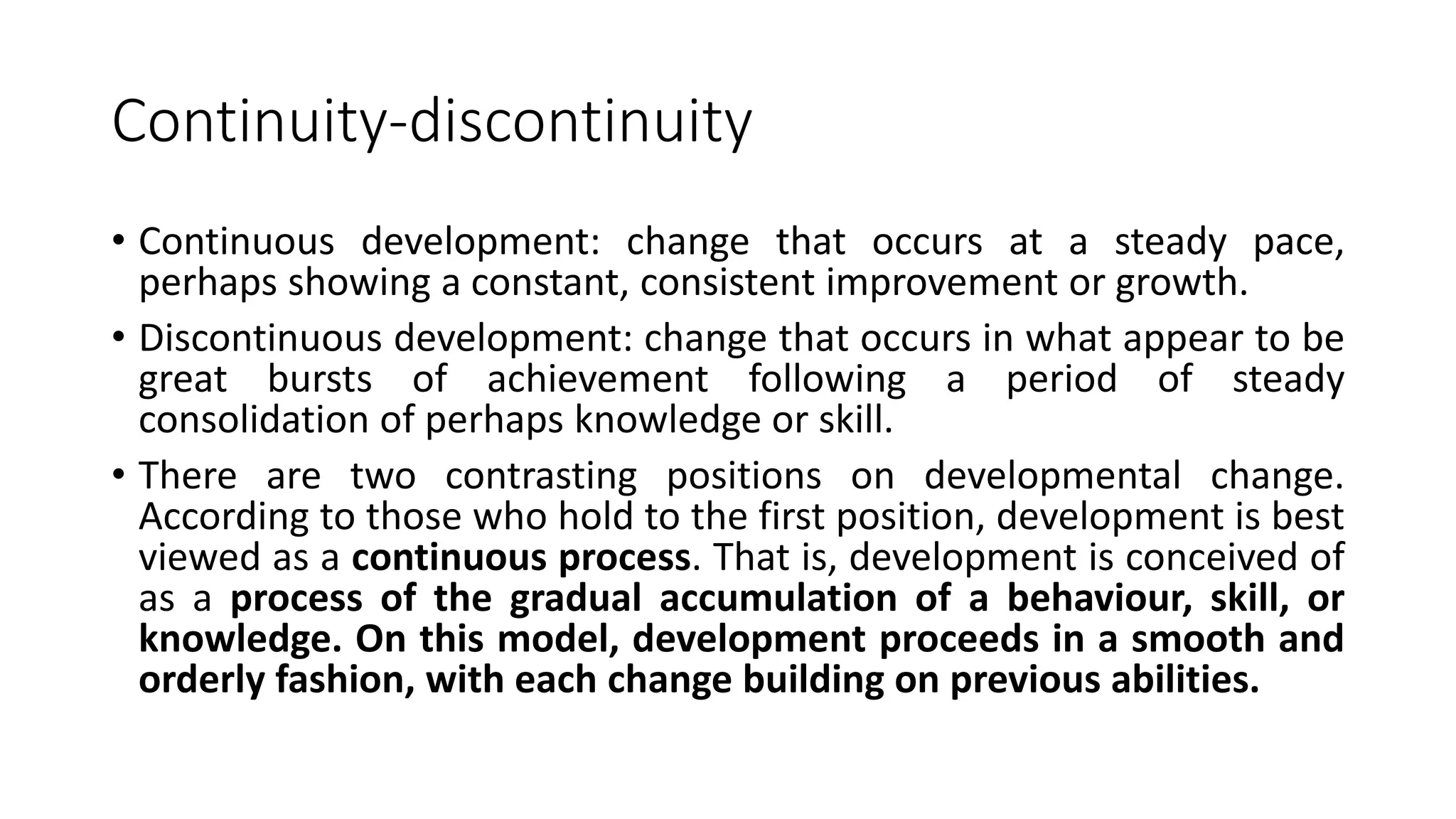


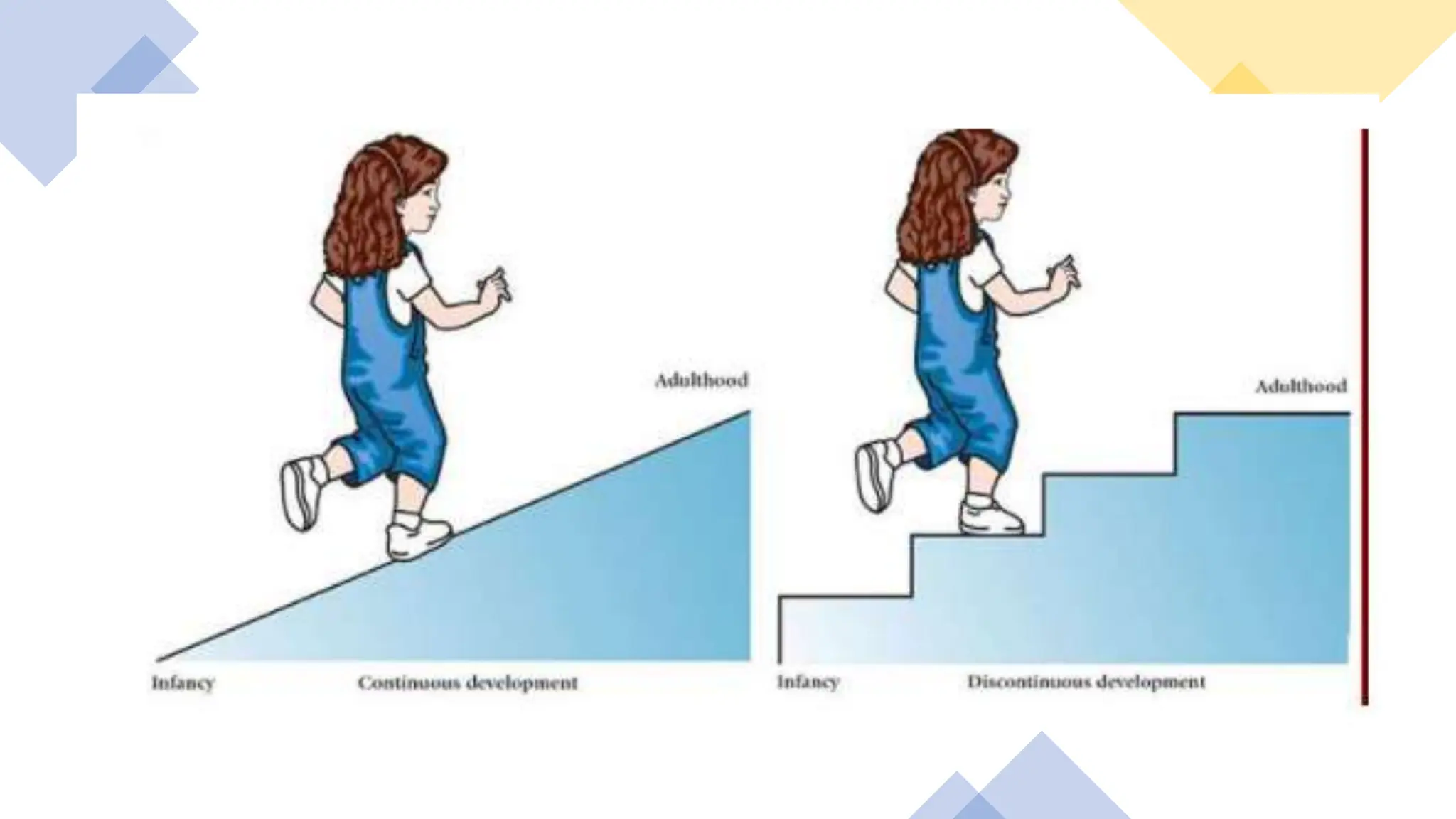
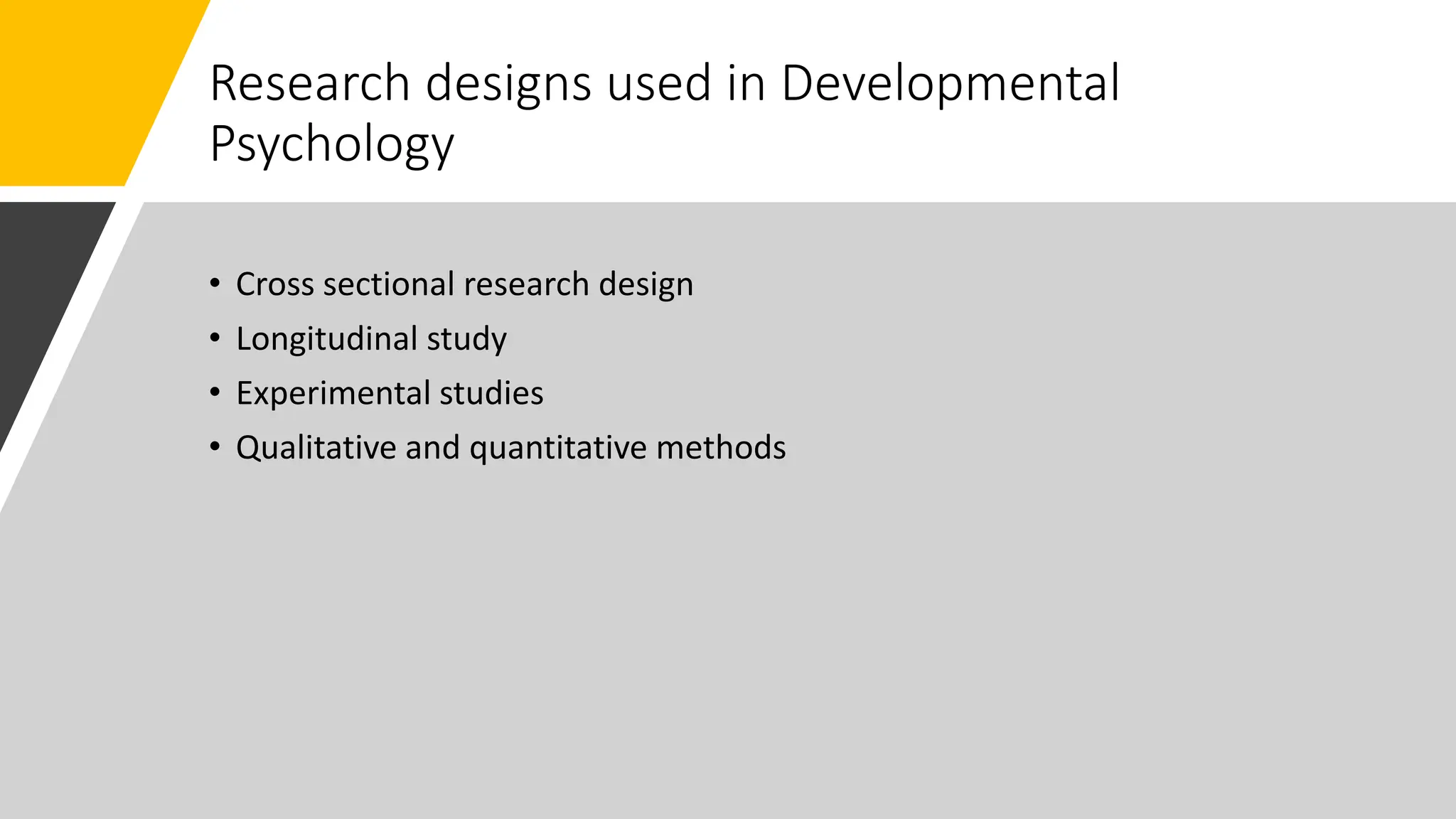

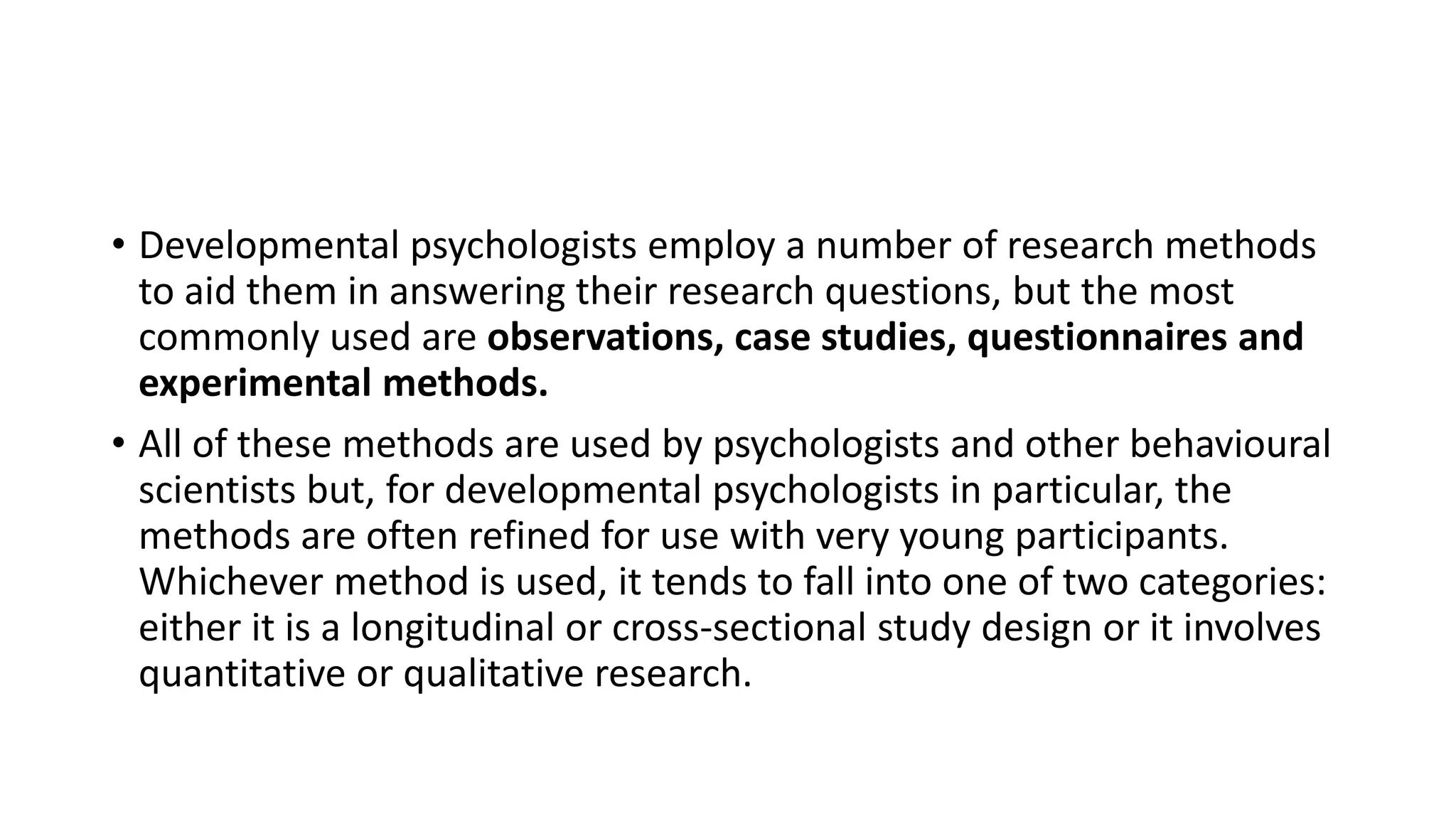
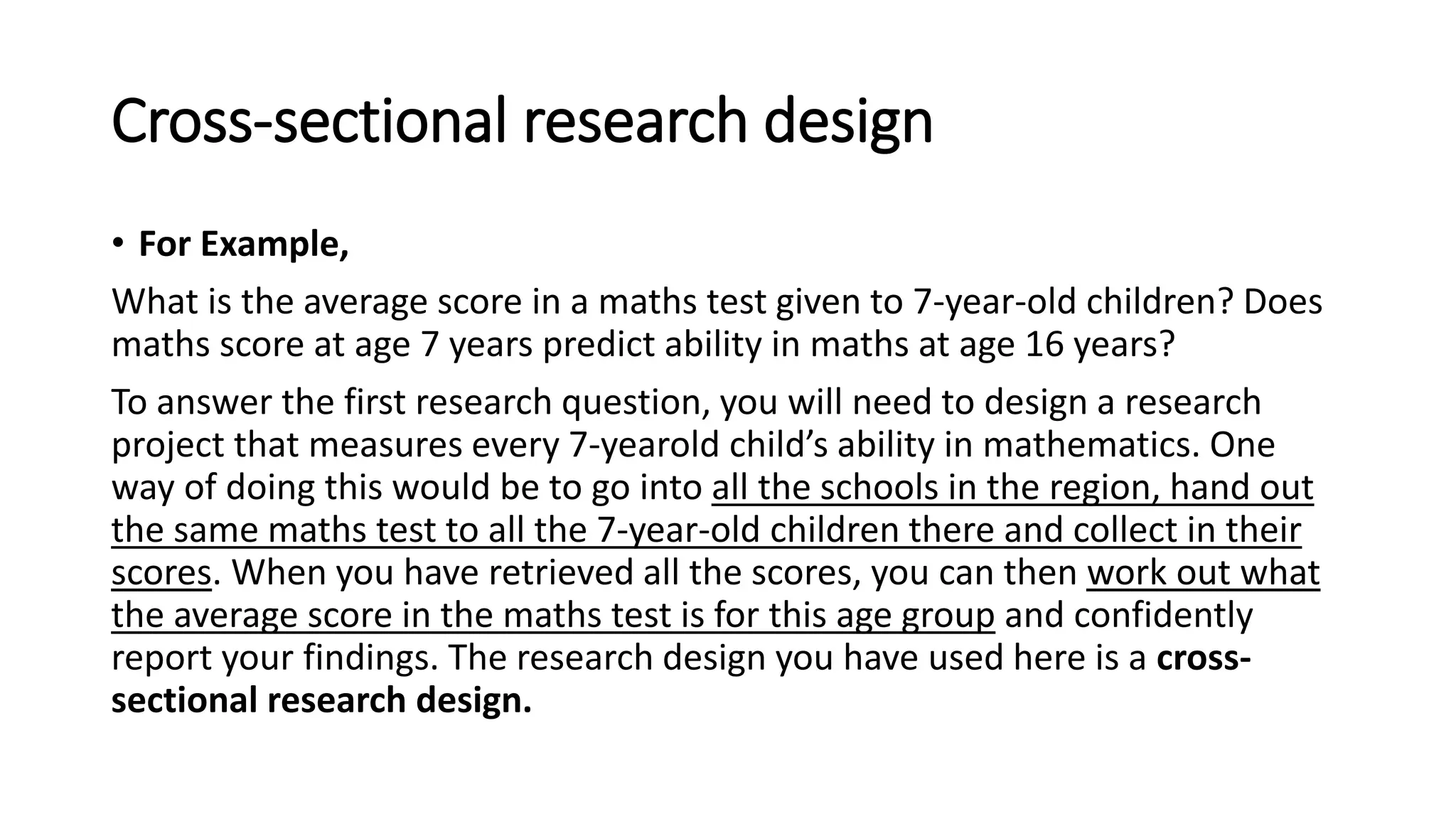
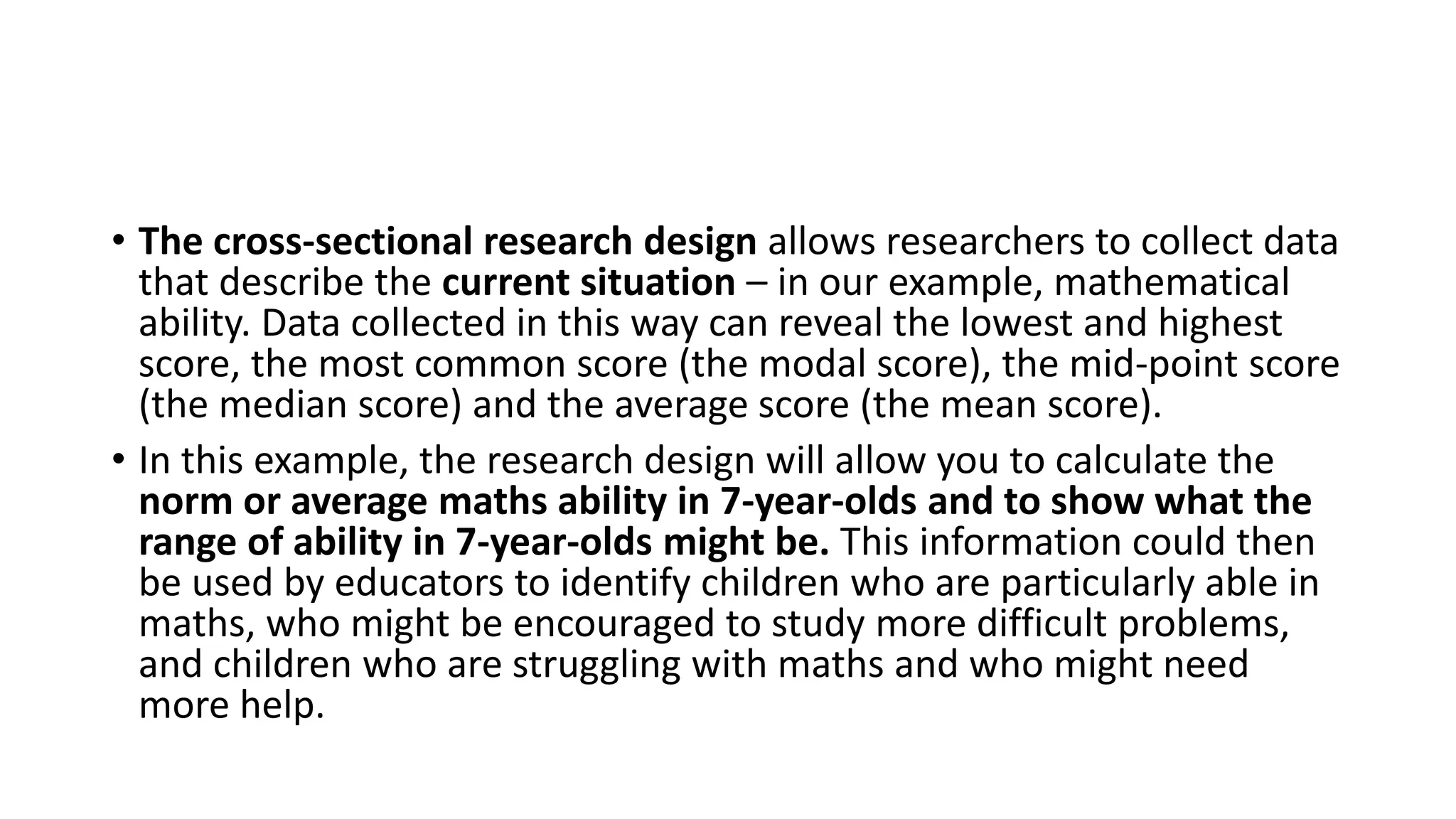
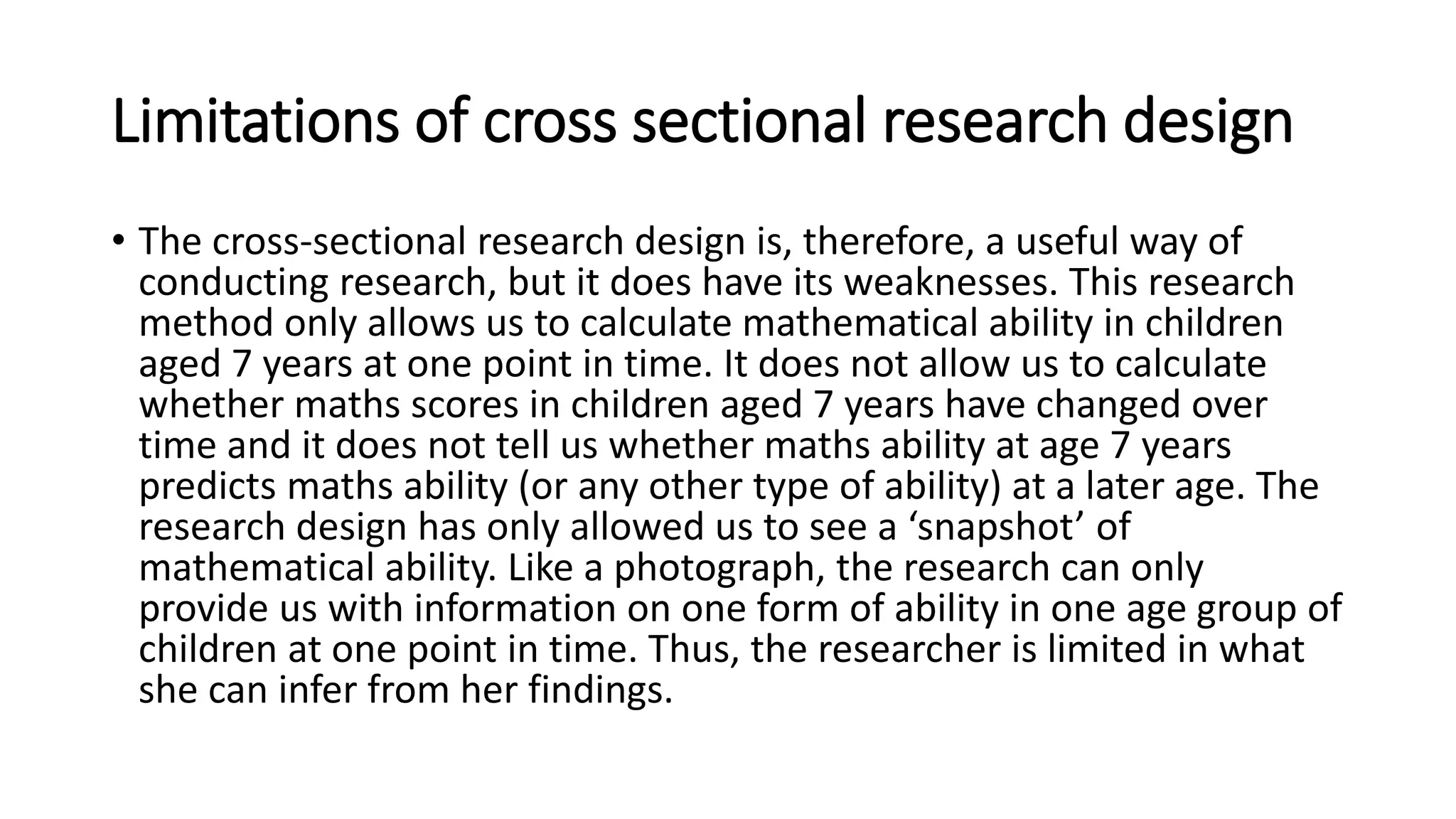

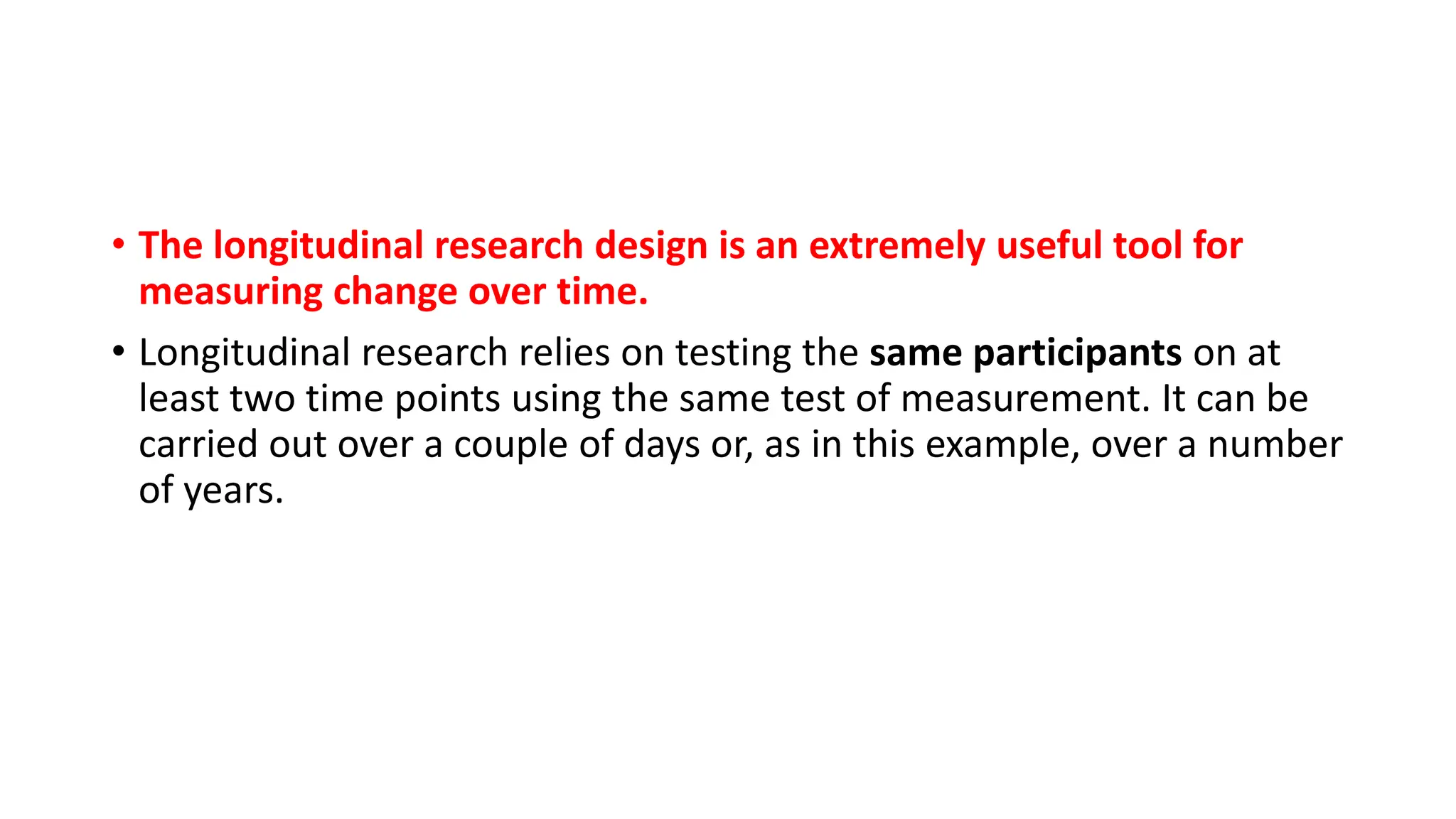
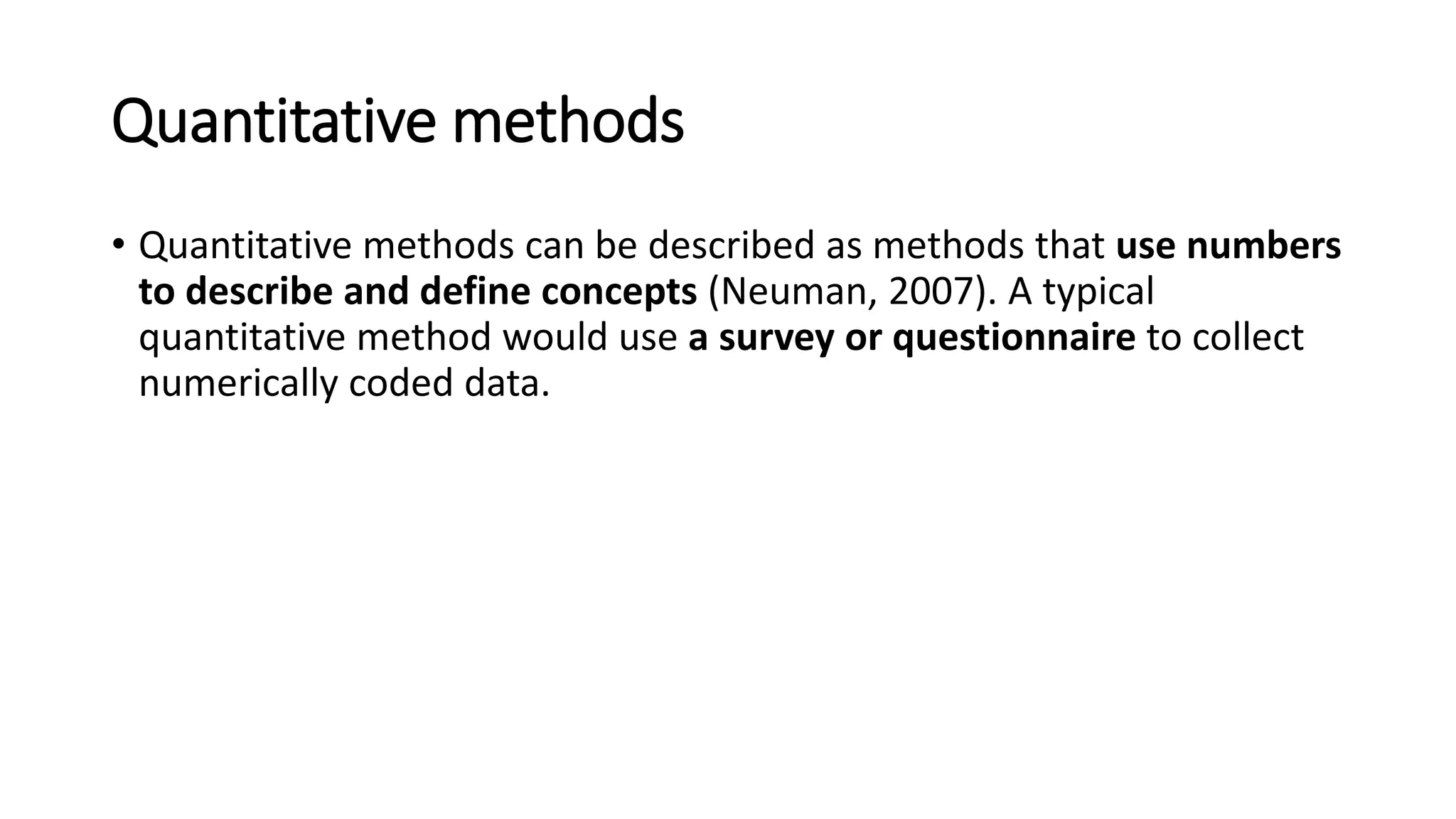
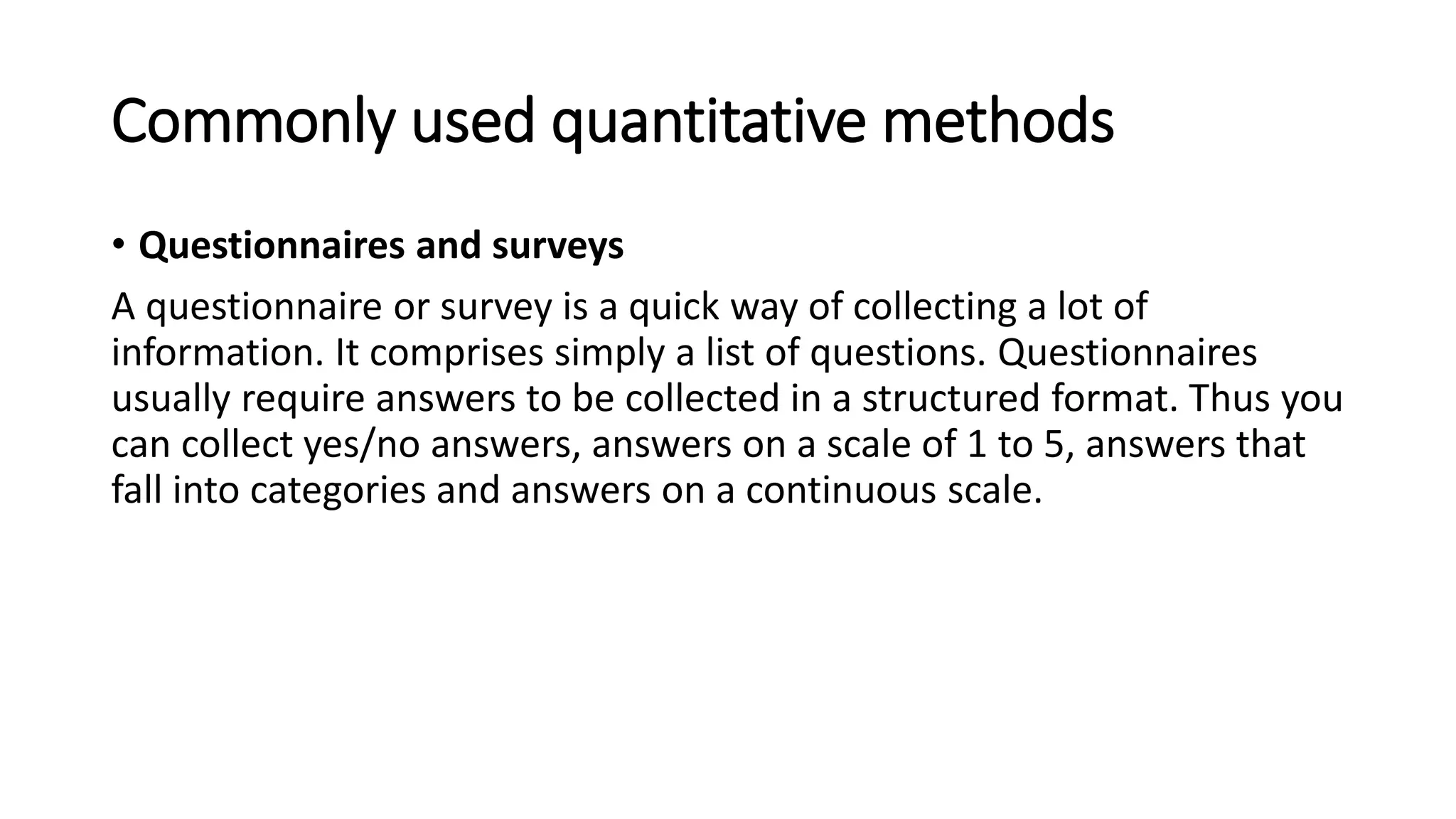

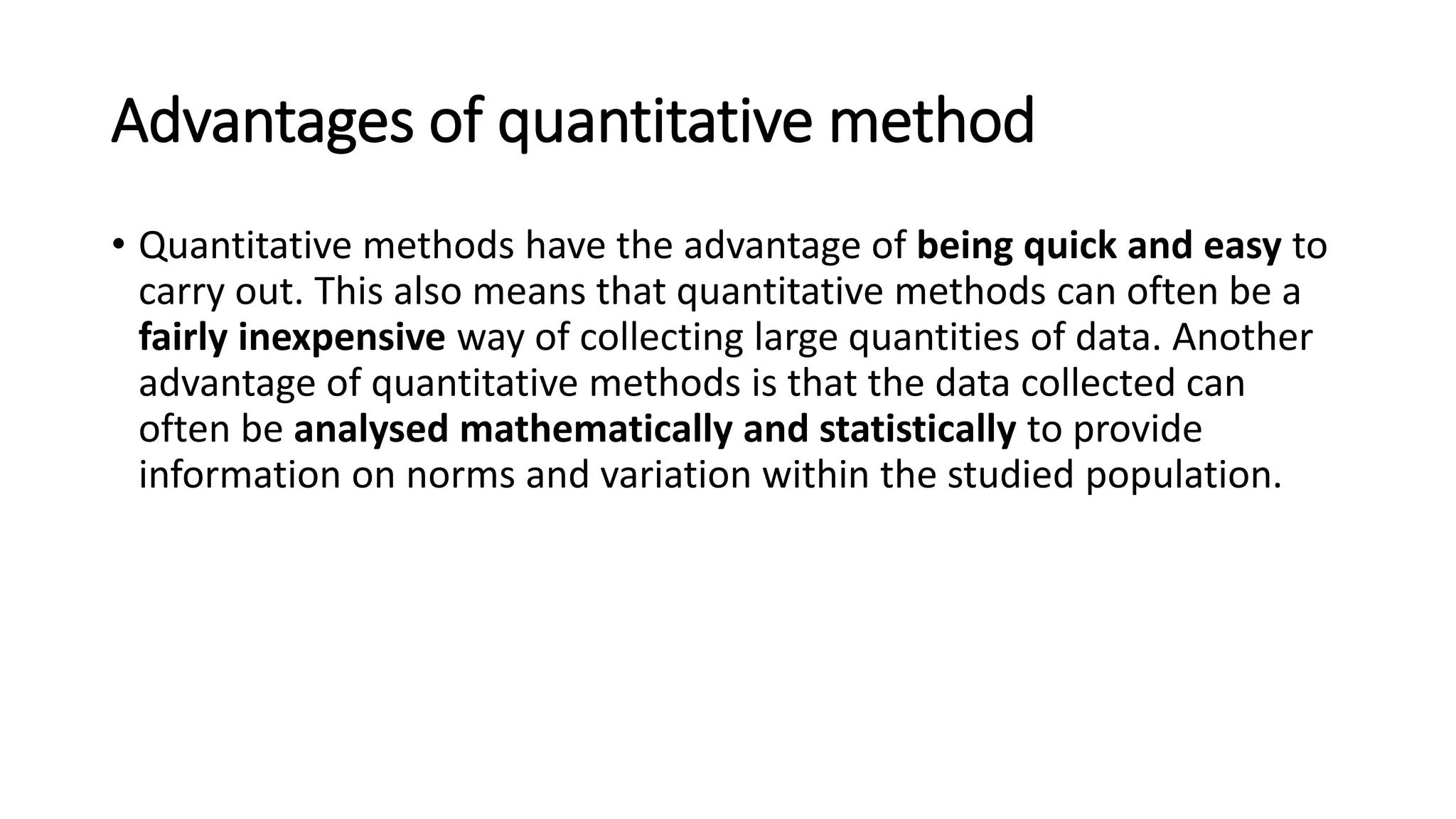

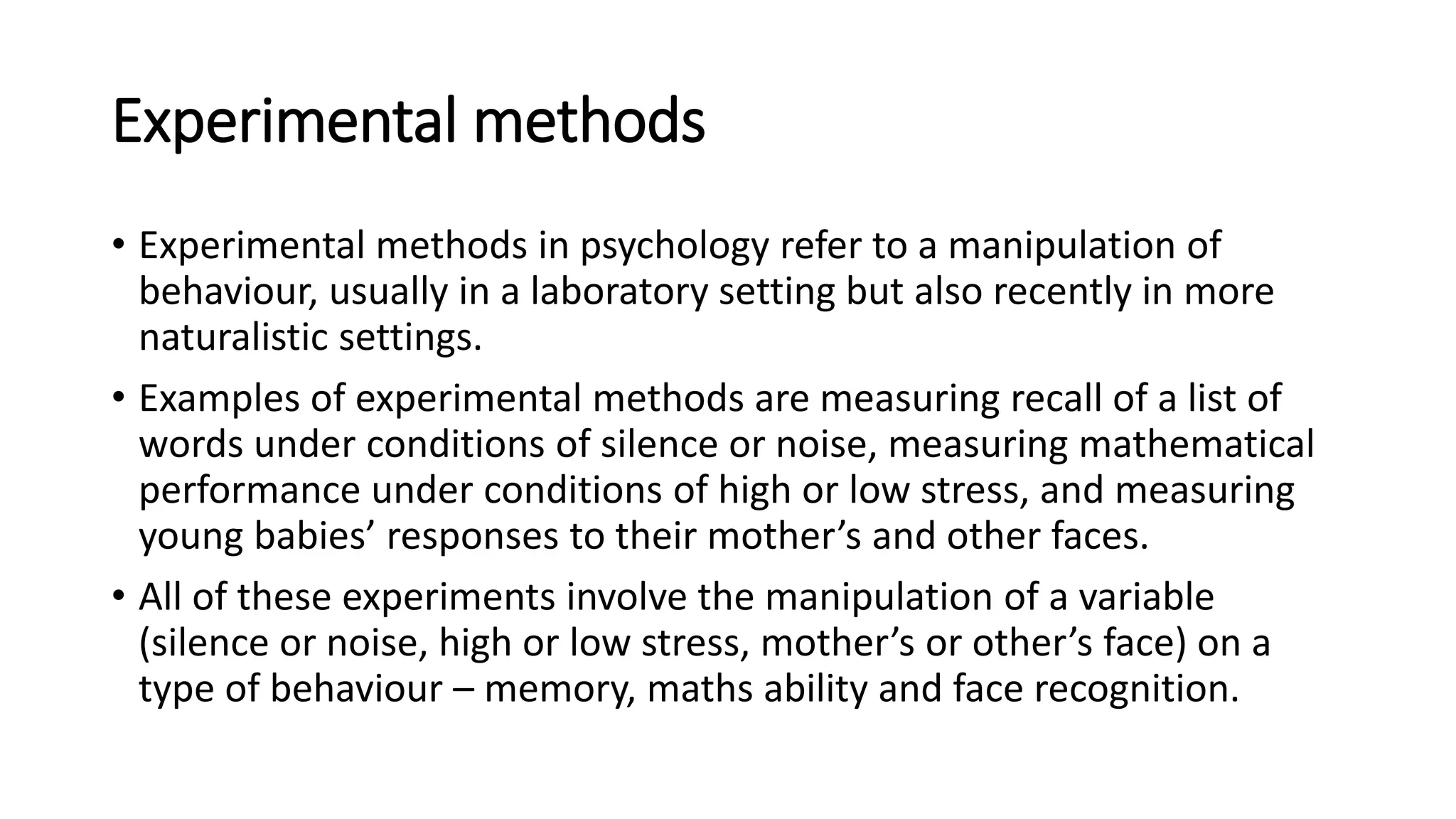
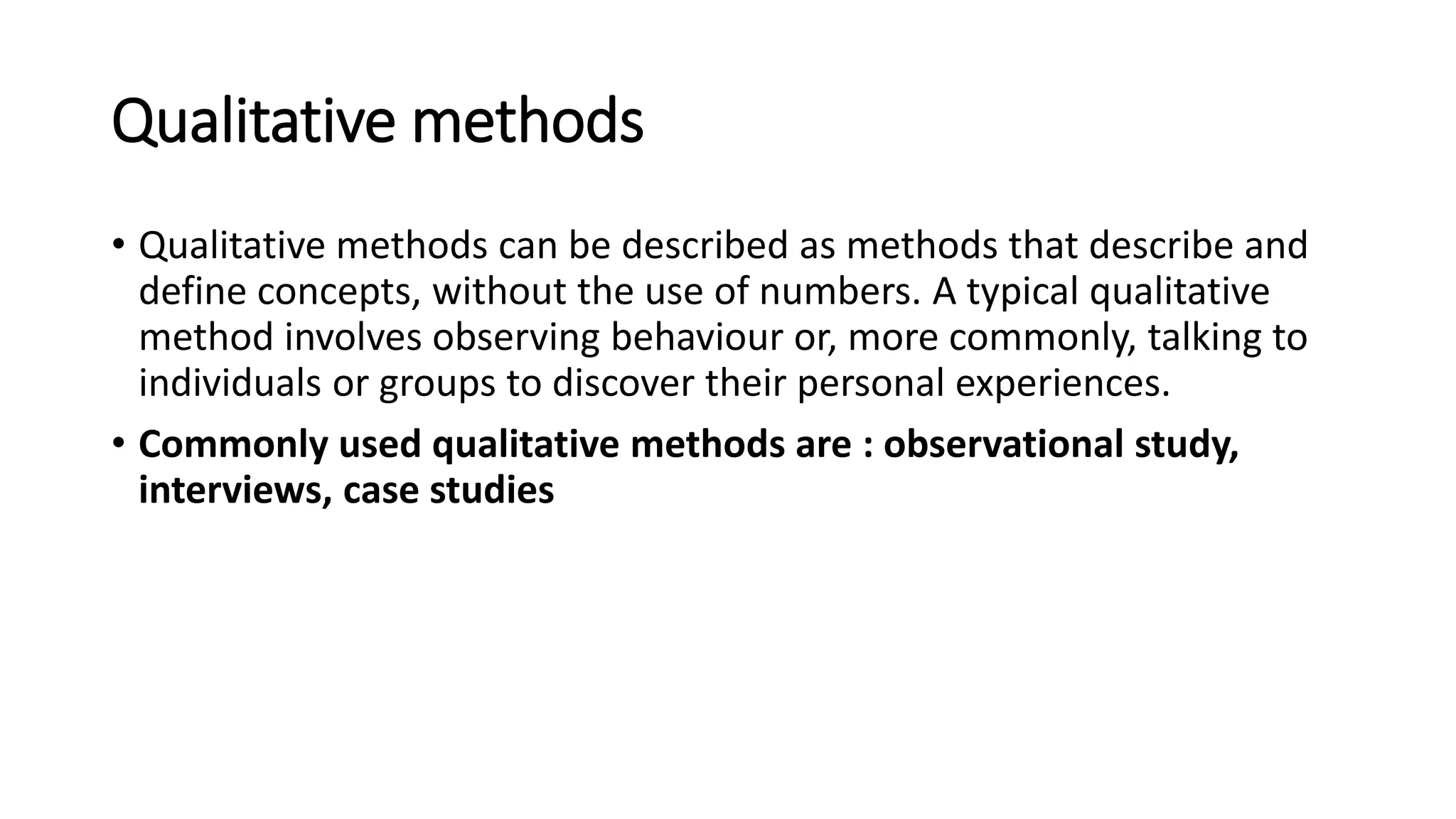
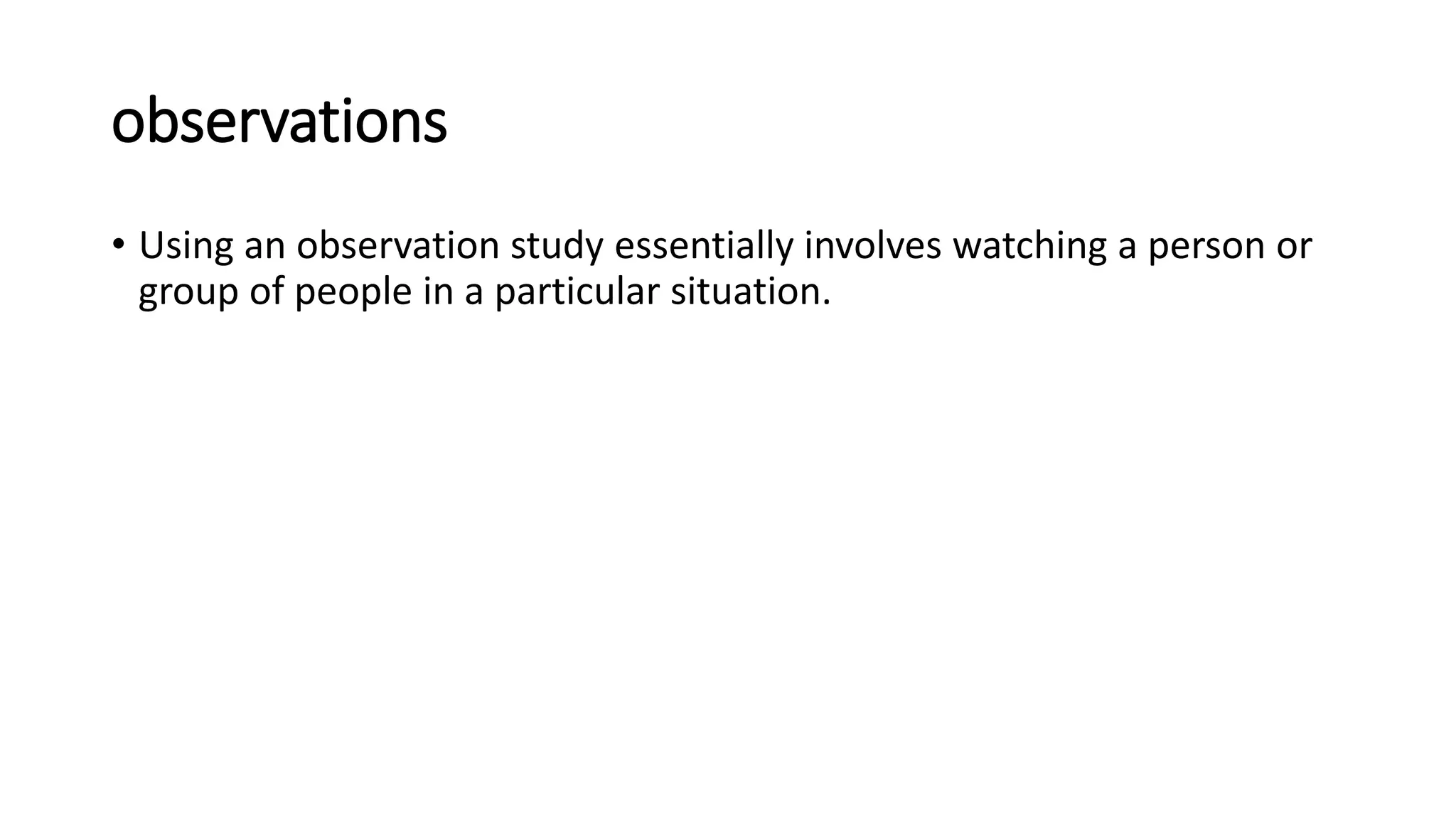
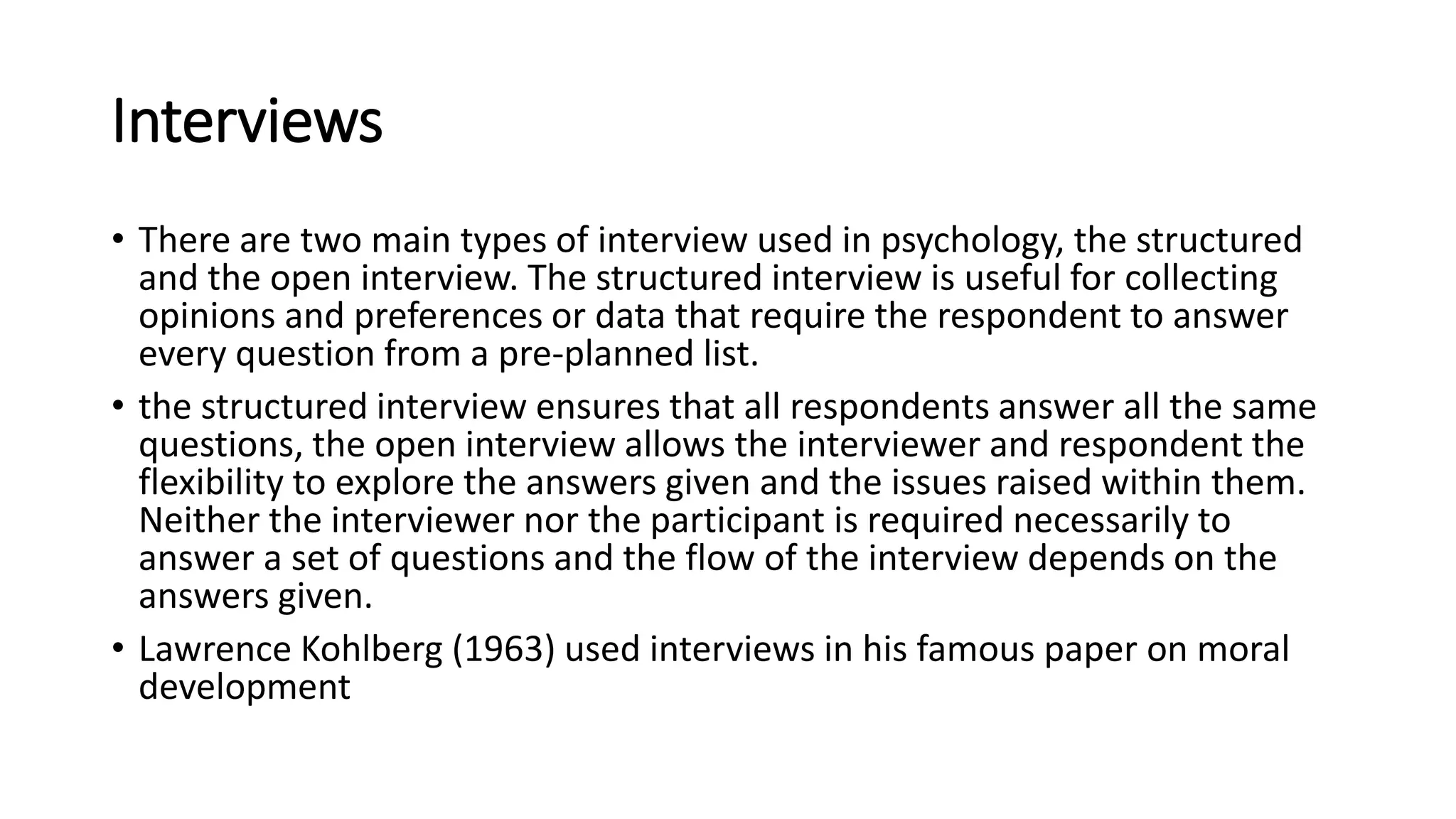
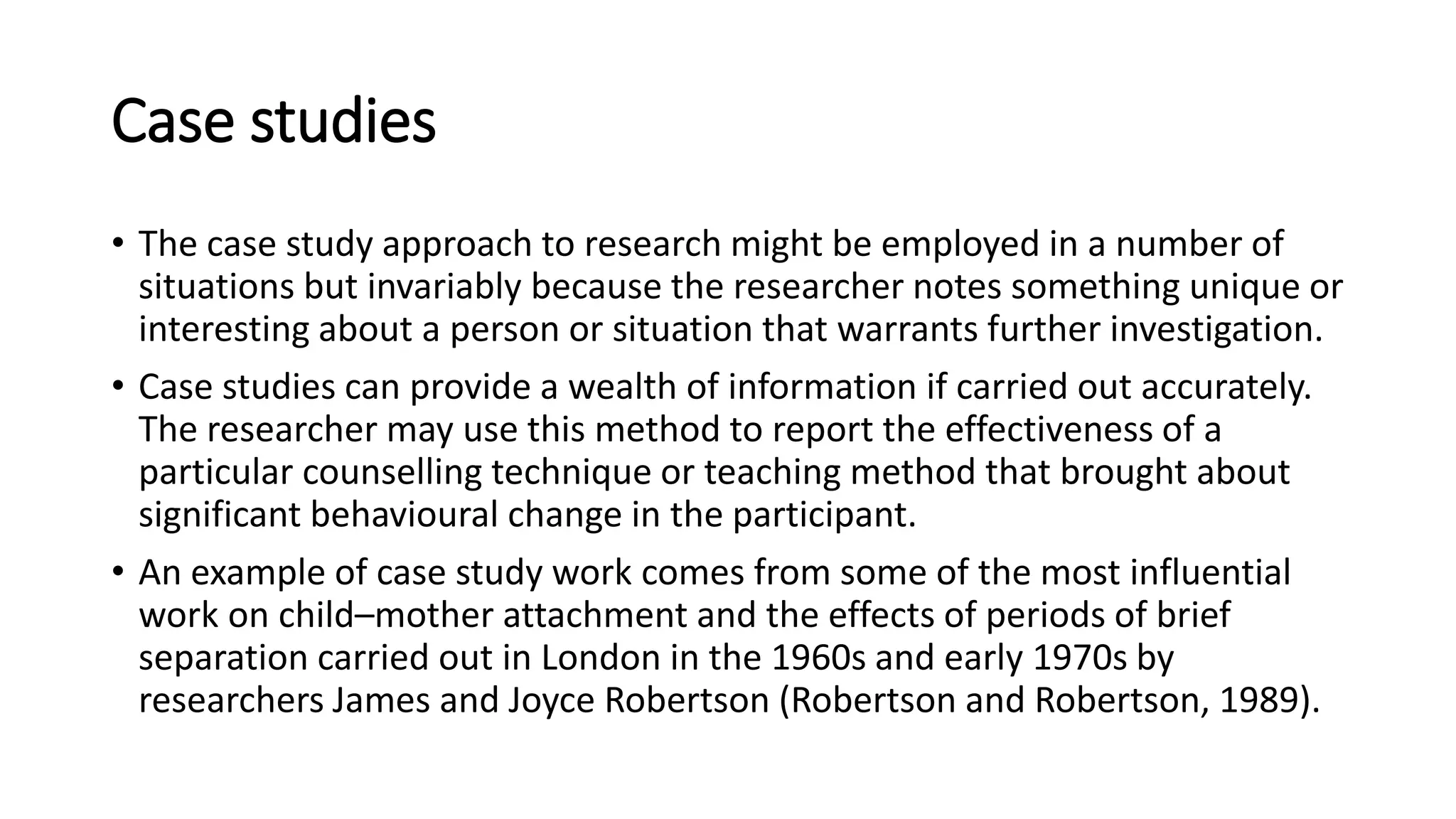
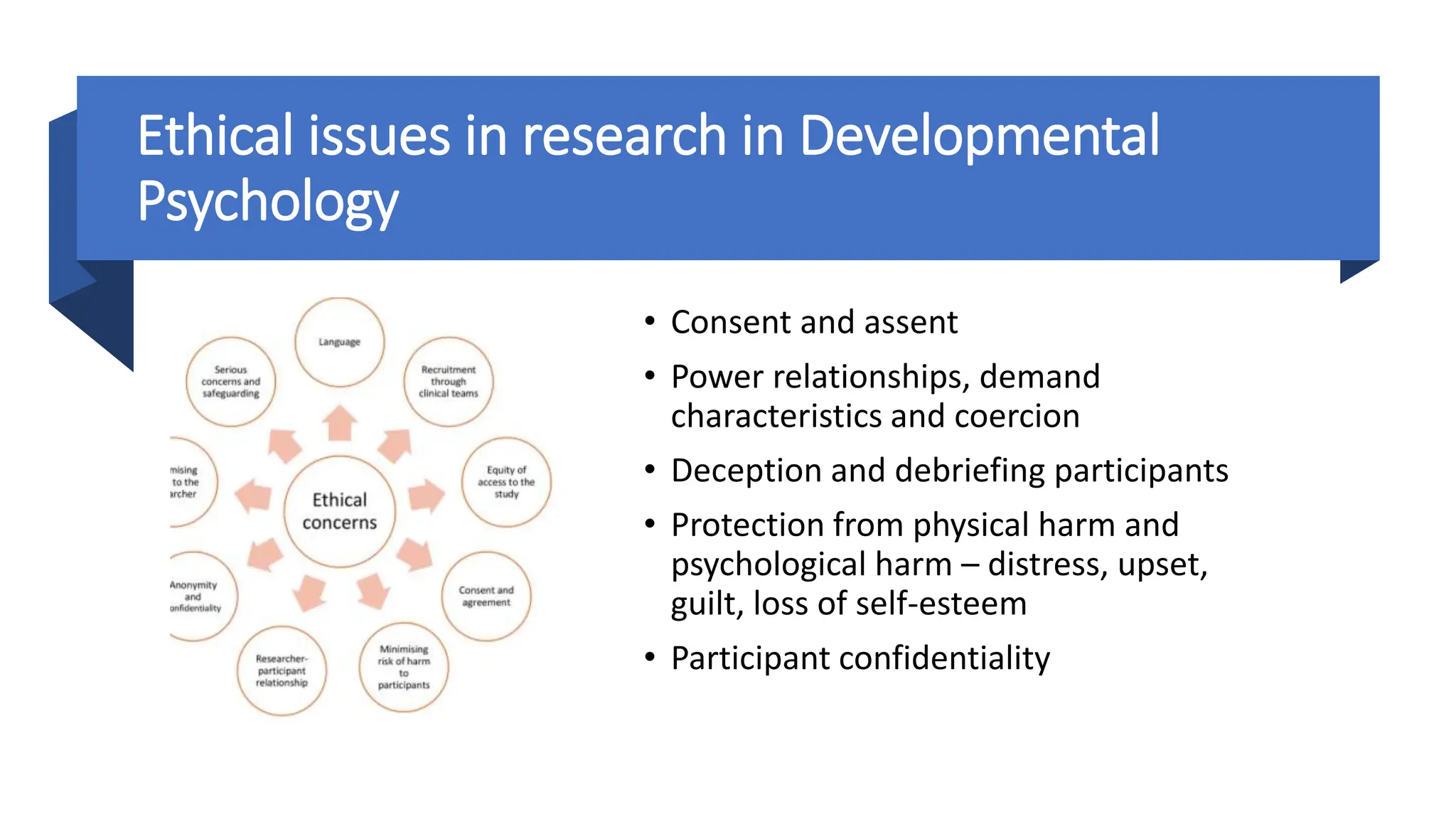

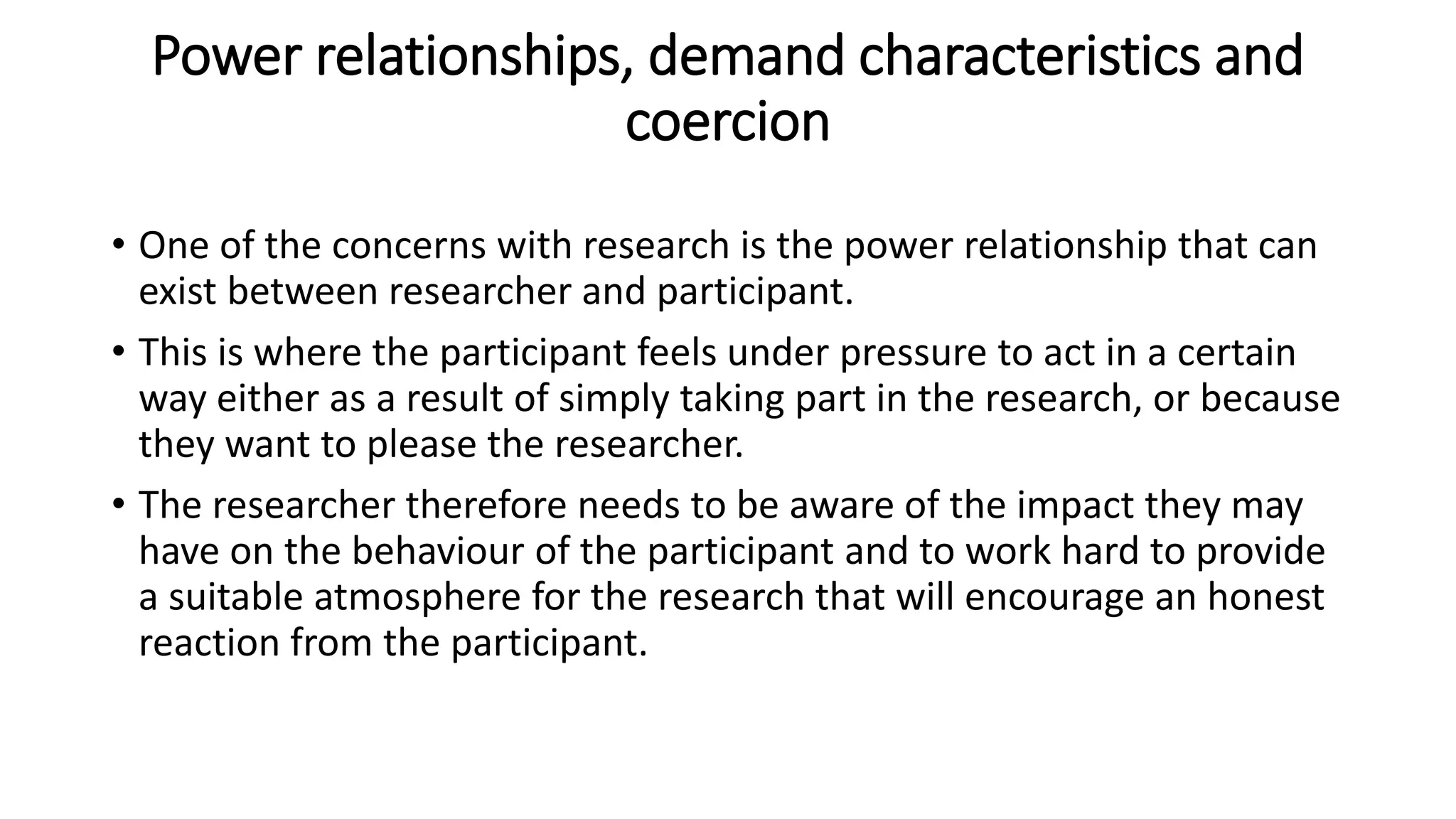
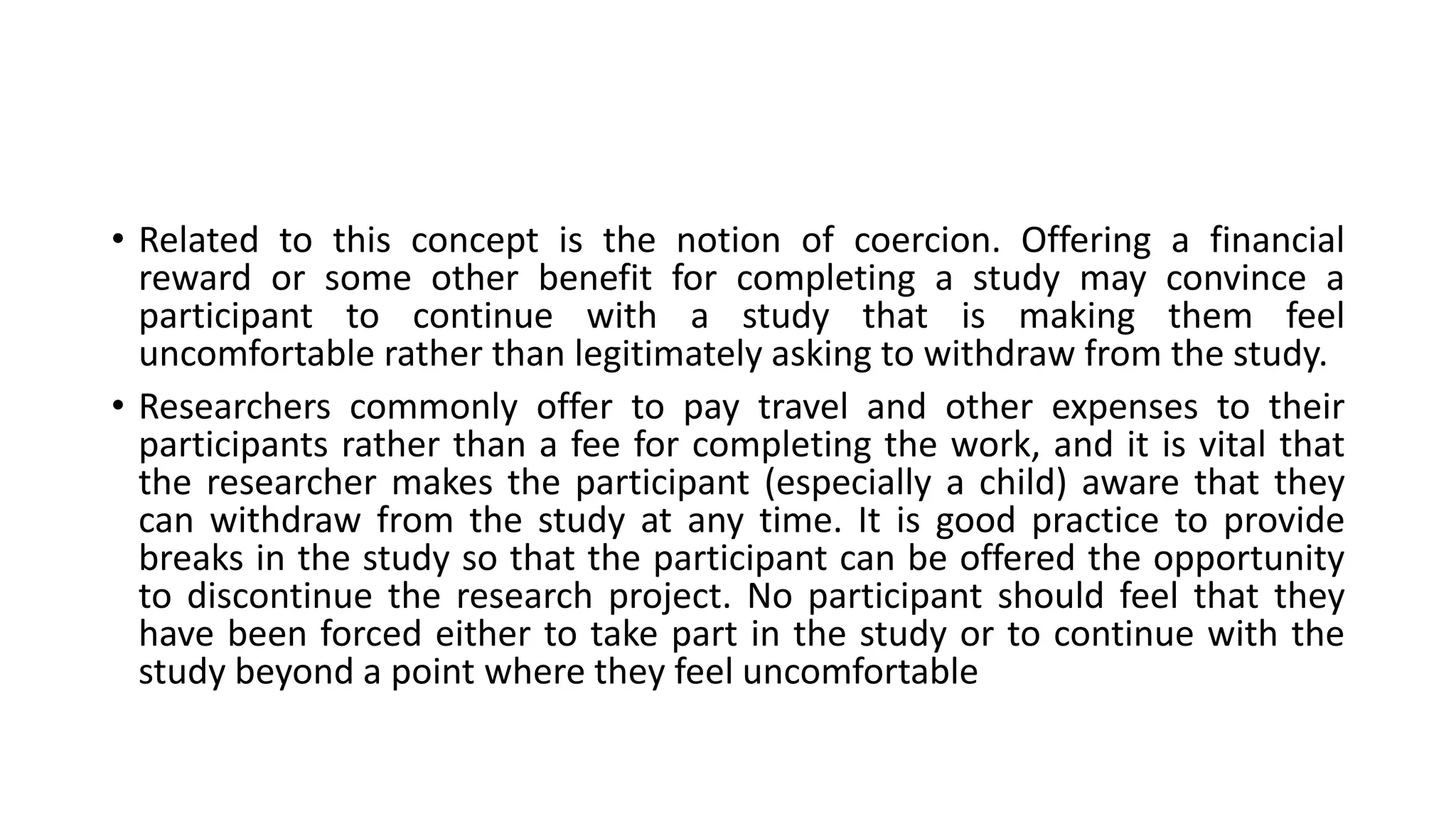

![• The rules of research state that ‘deception is acceptable only if the
researcher can show that it has a clear, specific methodological
purpose, and . . . [they] should use it only to the minimum degree
necessary’ (Neuman, 2007, p. 49).
• Researchers using deception must obtain informed consent from
their participants (describing the fundamental details of the research
study), make use of deception safely and always debrief the
participants afterwards to explain the use of the deception and the
purposes for which it was used (Neuman, 2007).](https://image.slidesharecdn.com/developmentalpsychologylecture1-240330165910-8bb4259b/75/developmental-psychology-lecture-1-pptx-45-2048.jpg)
